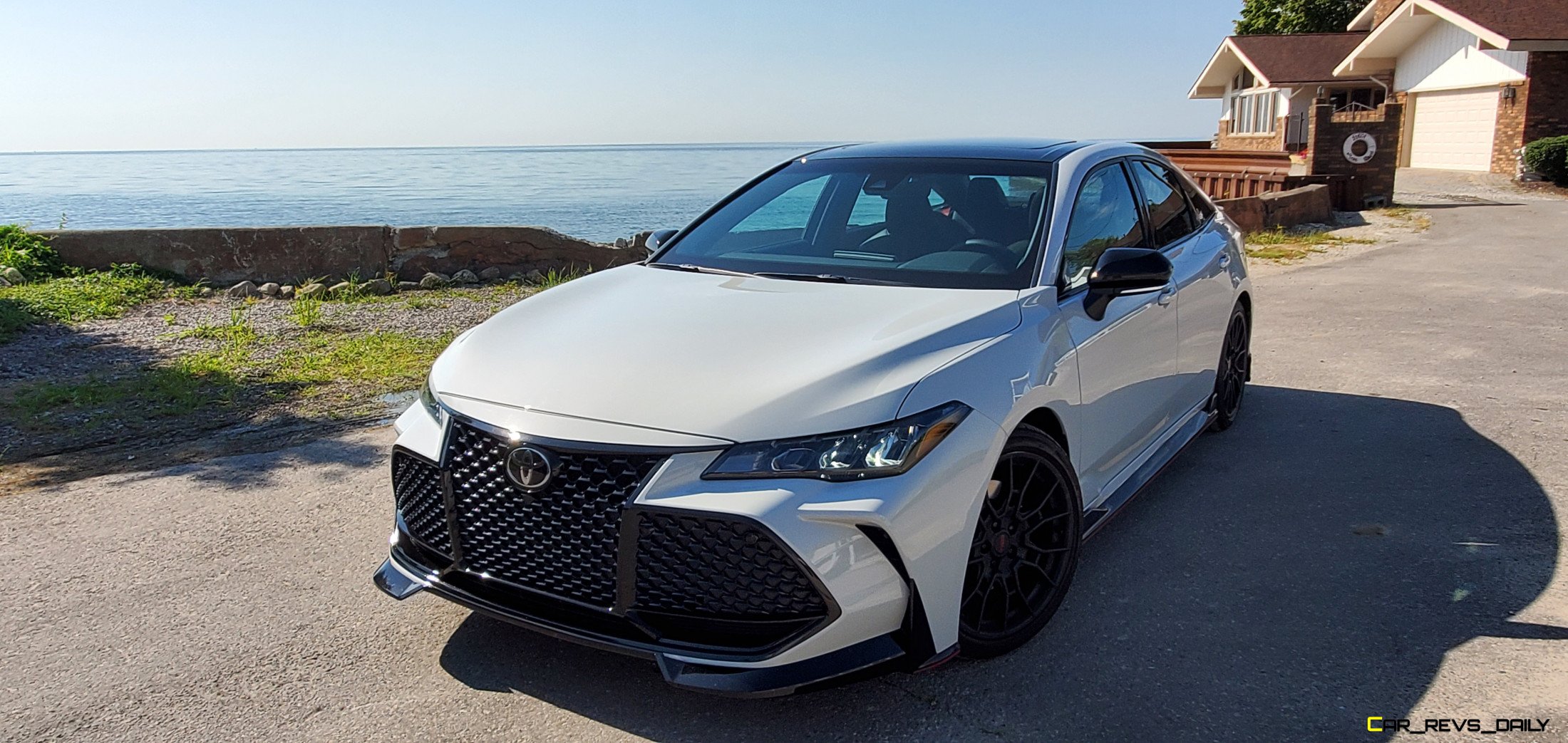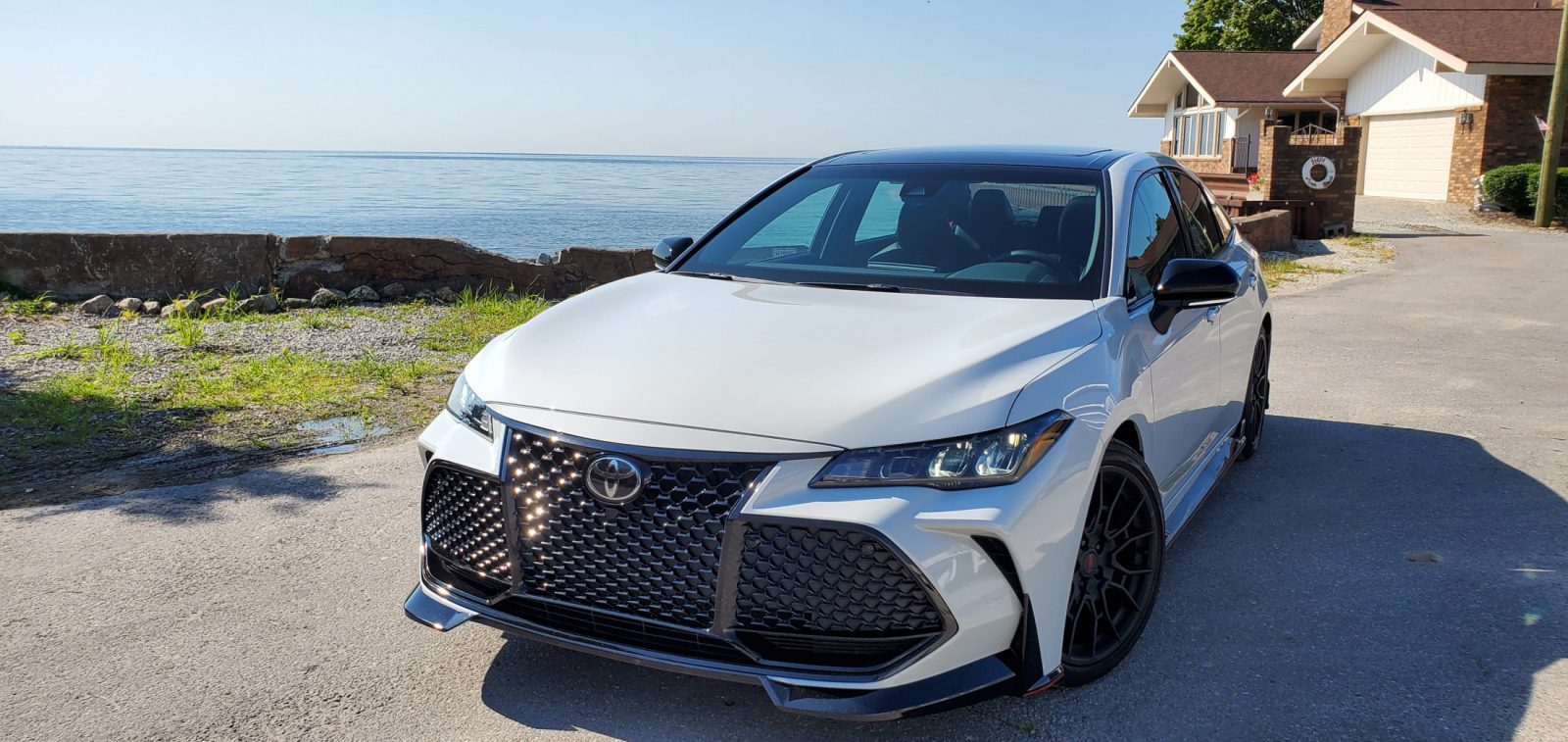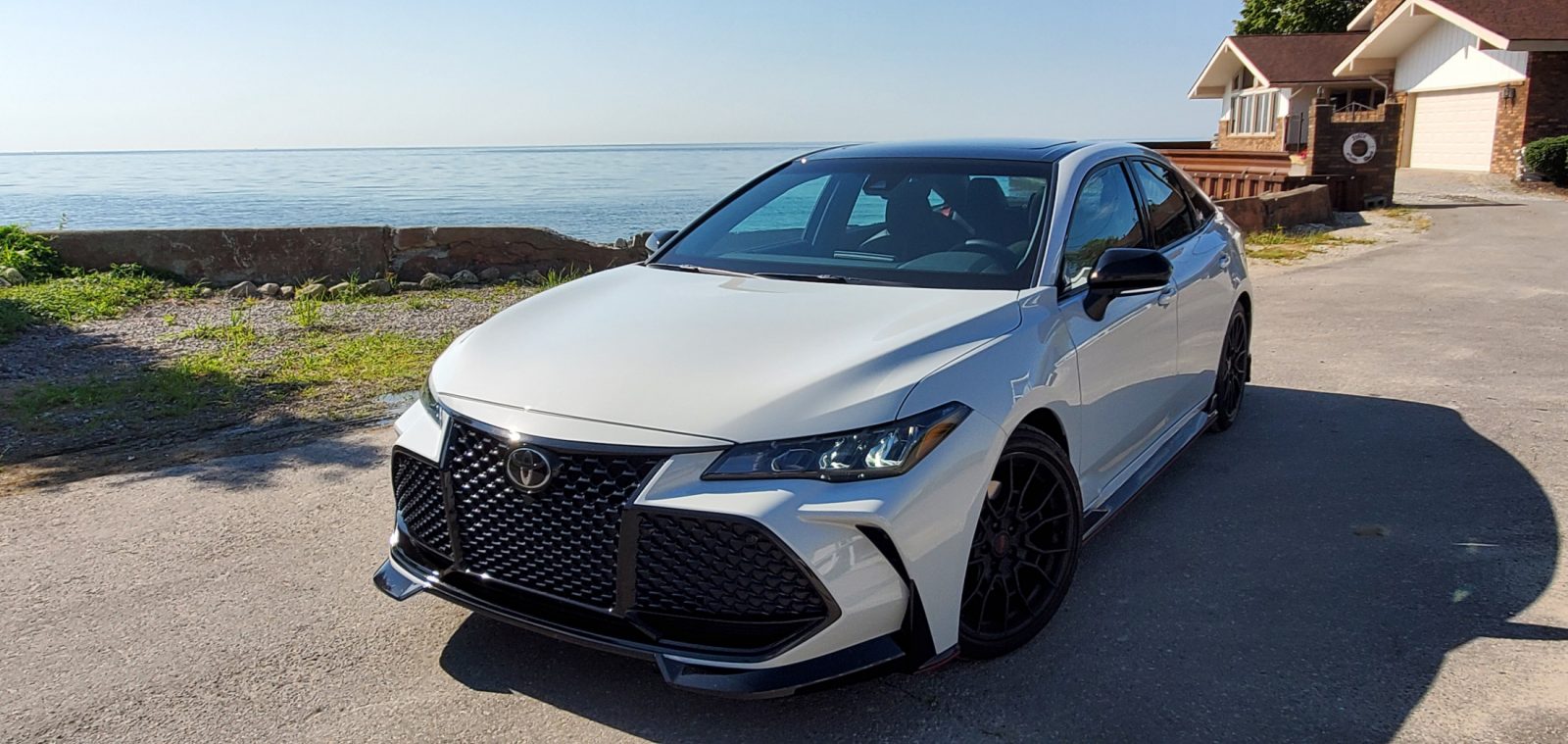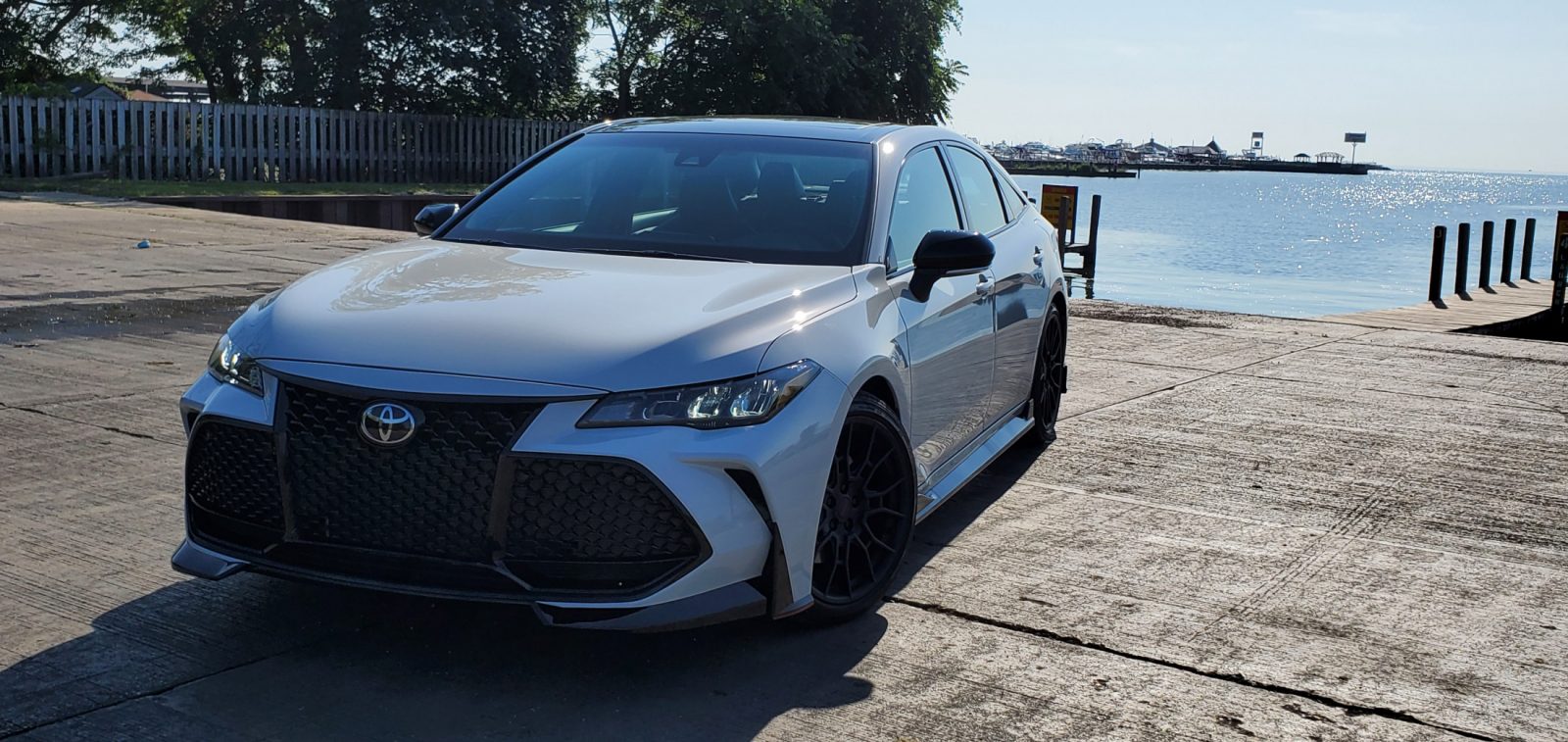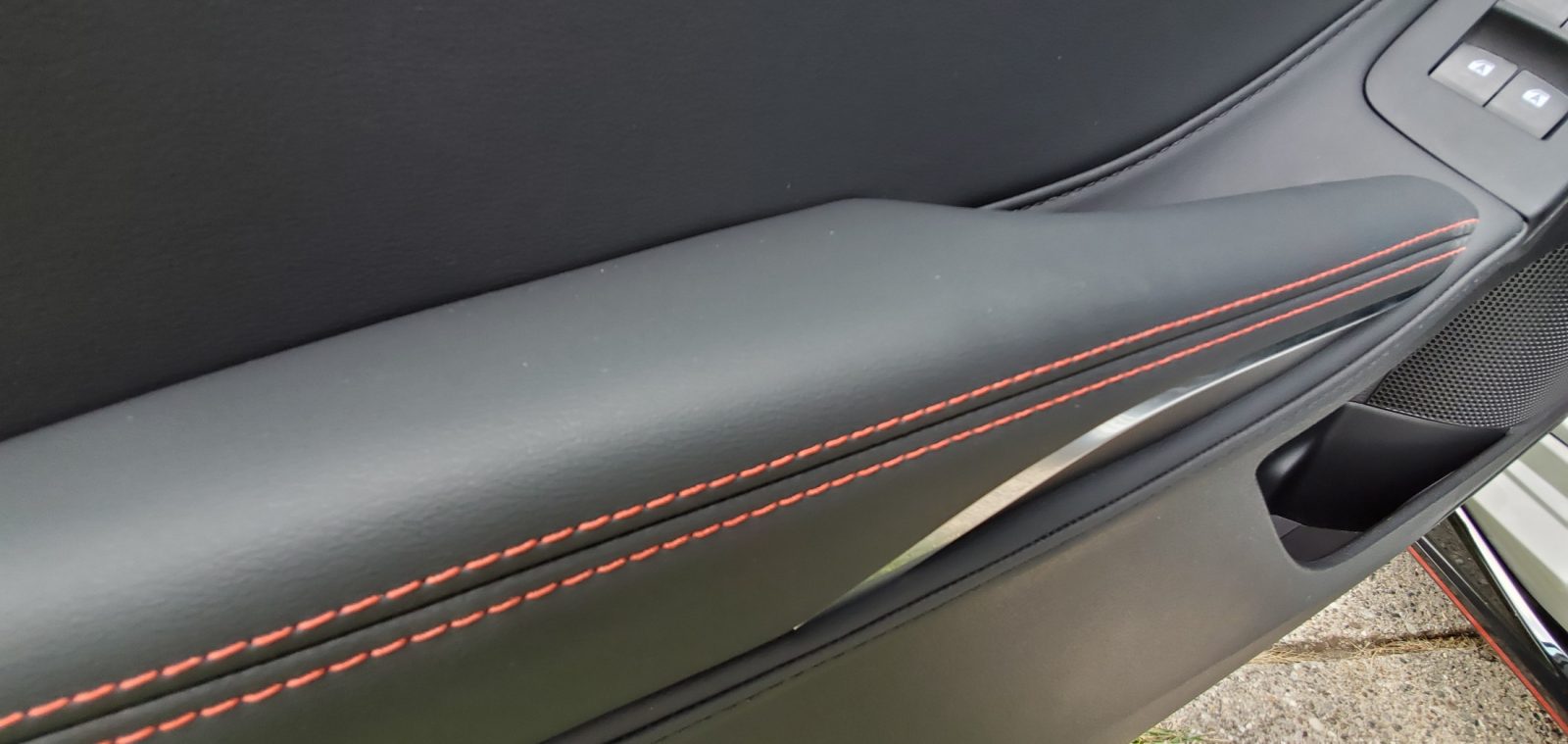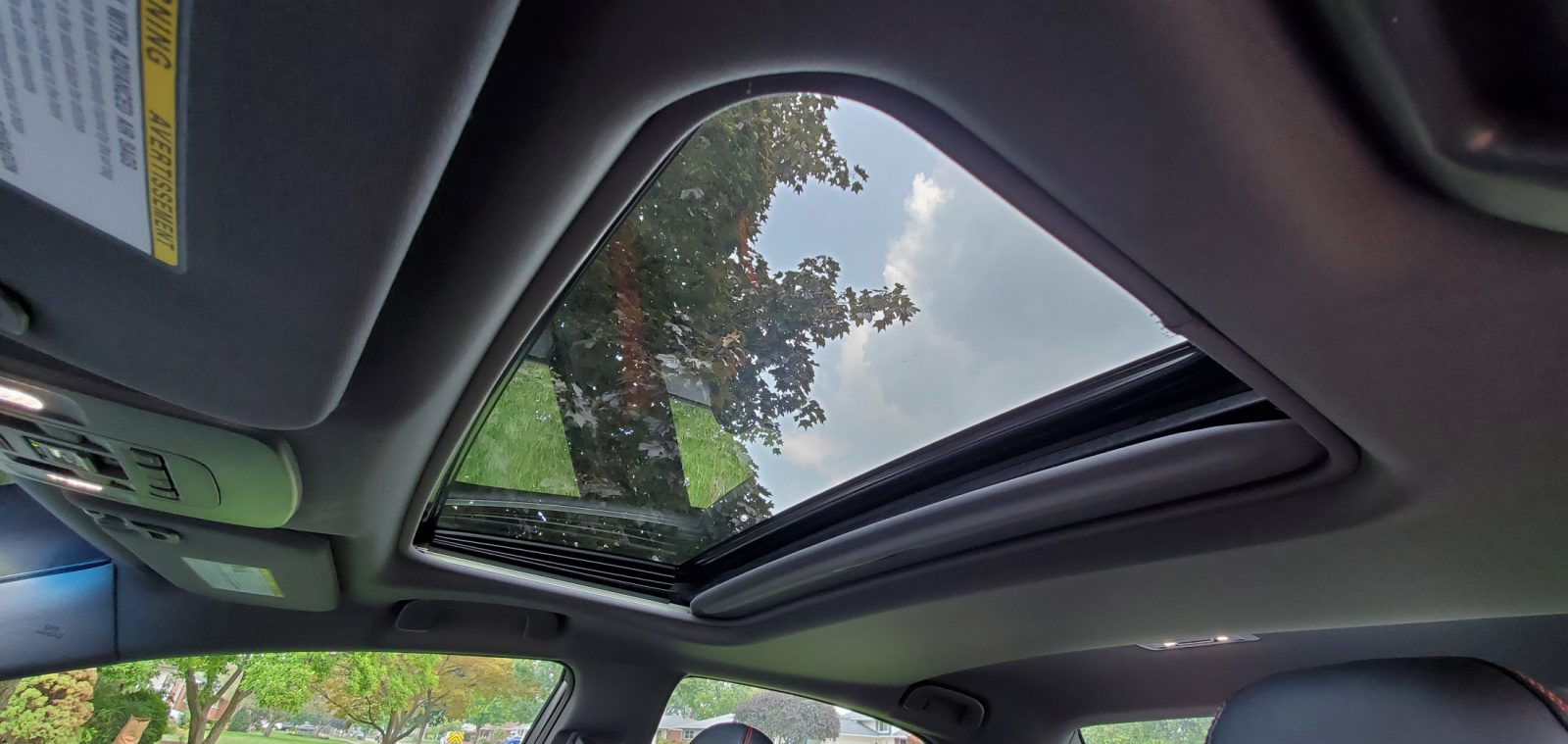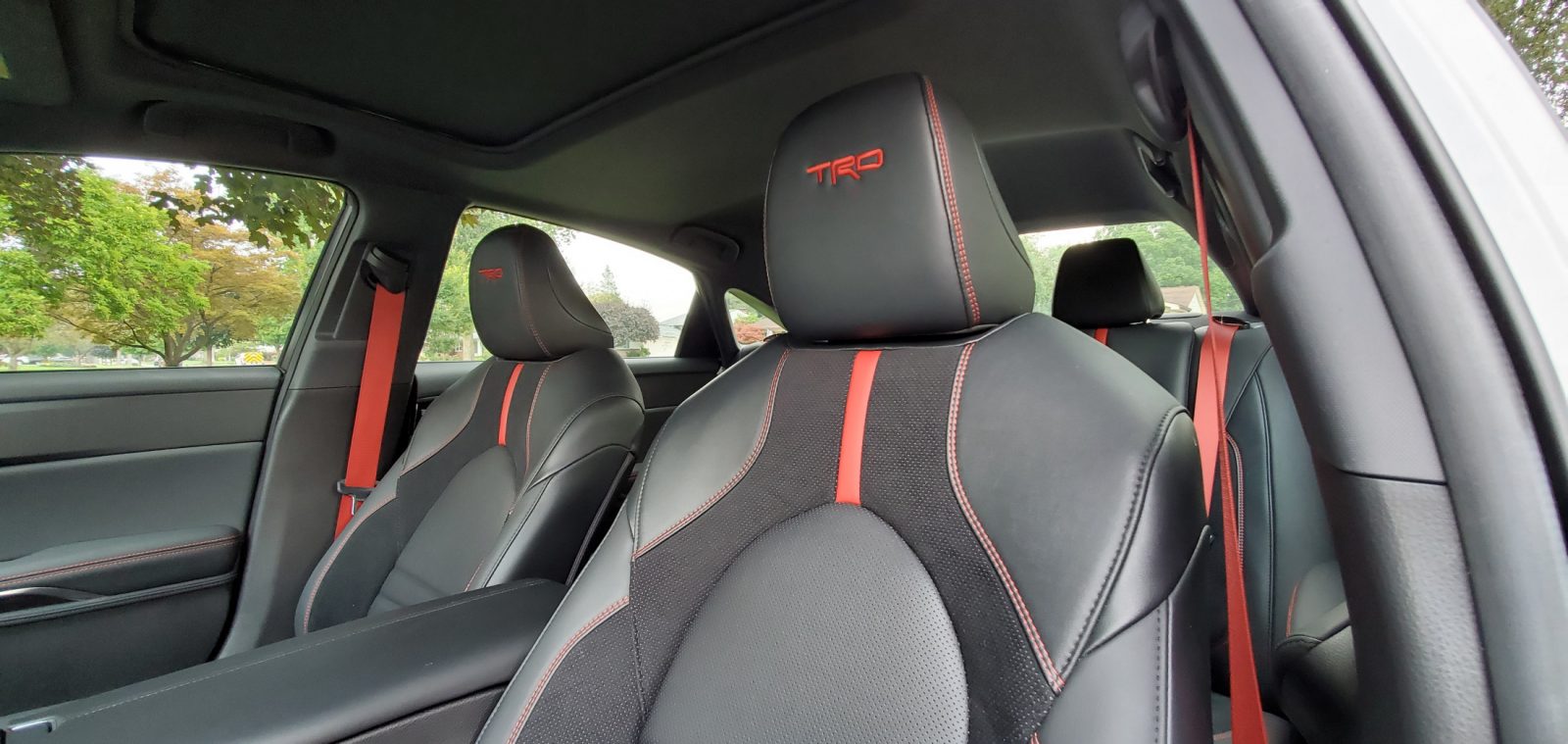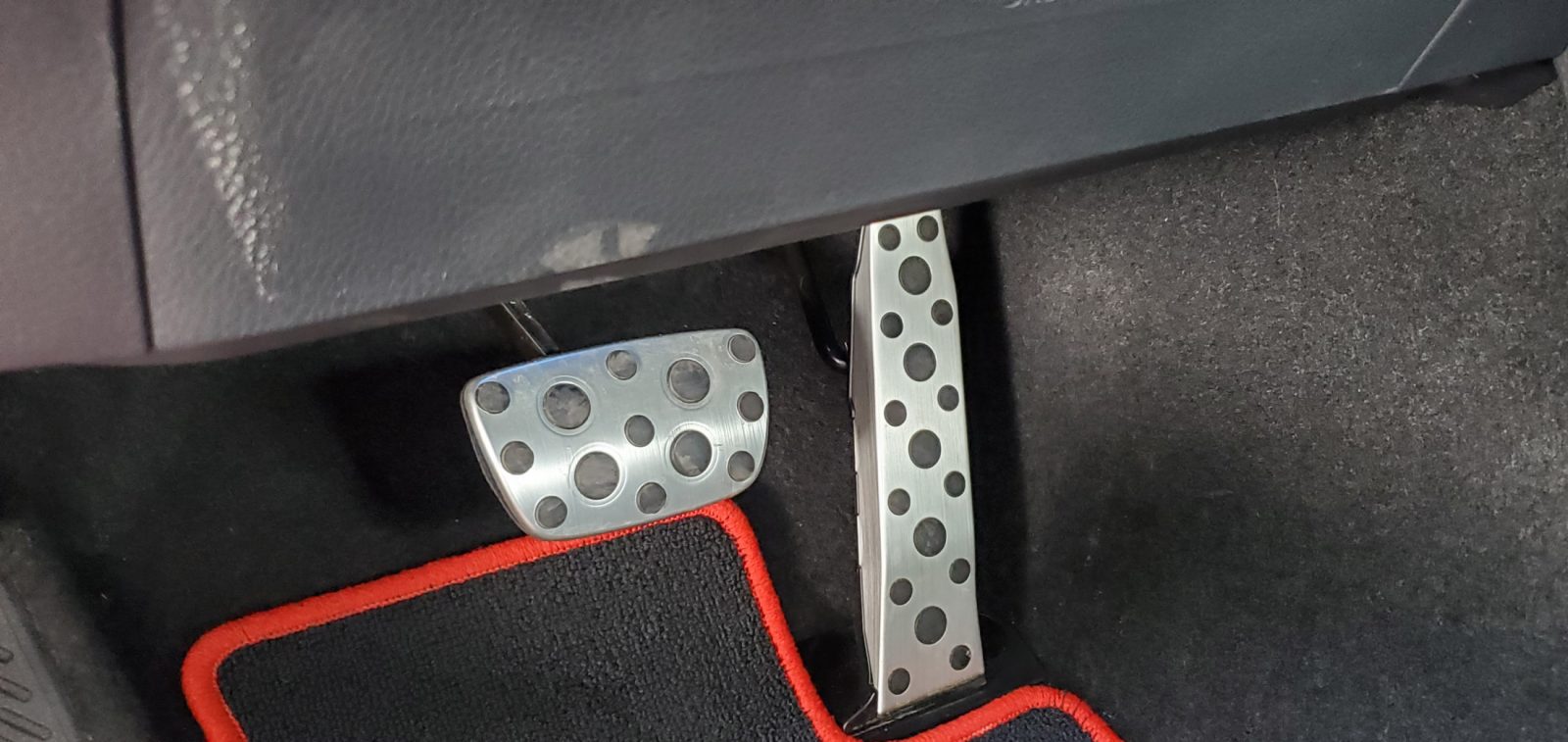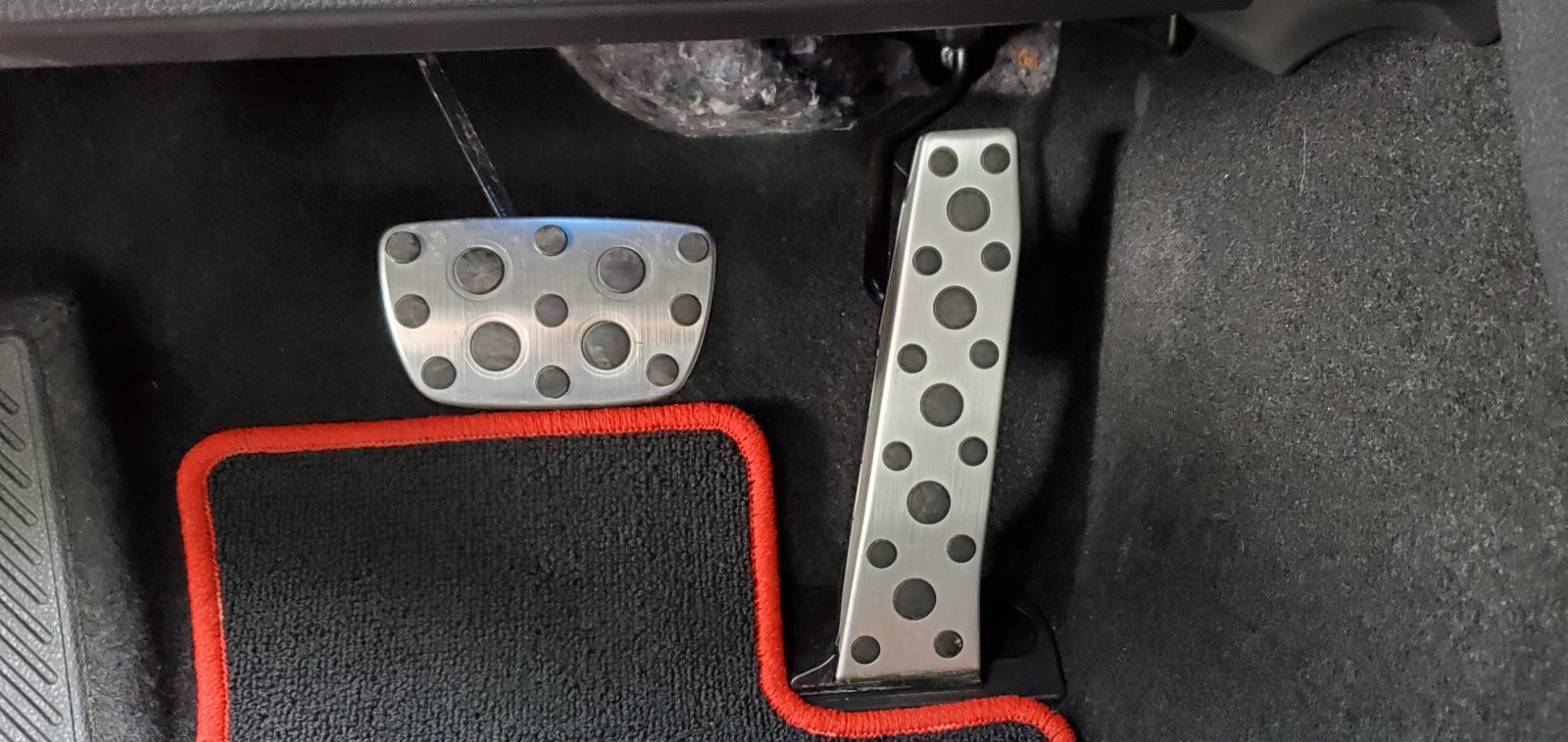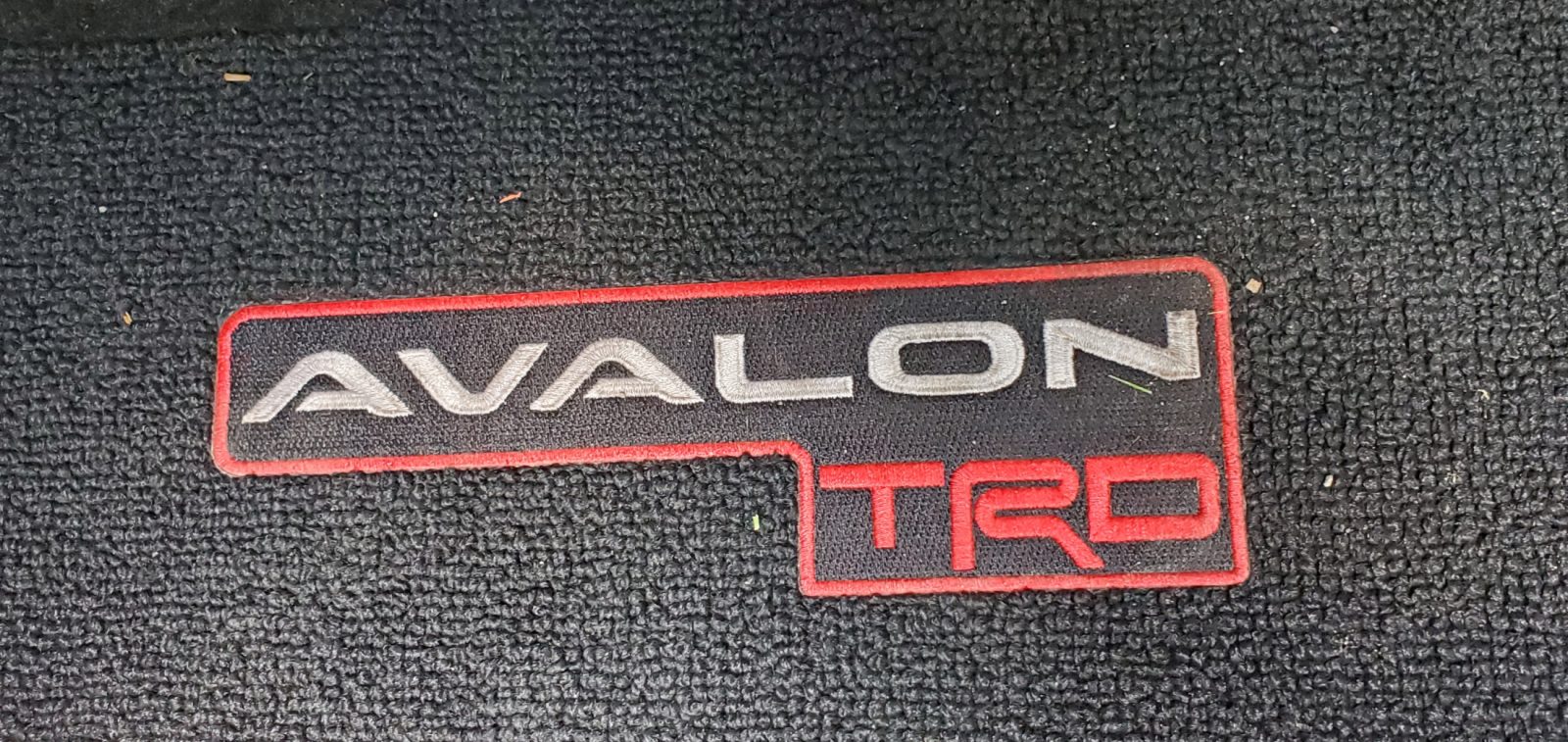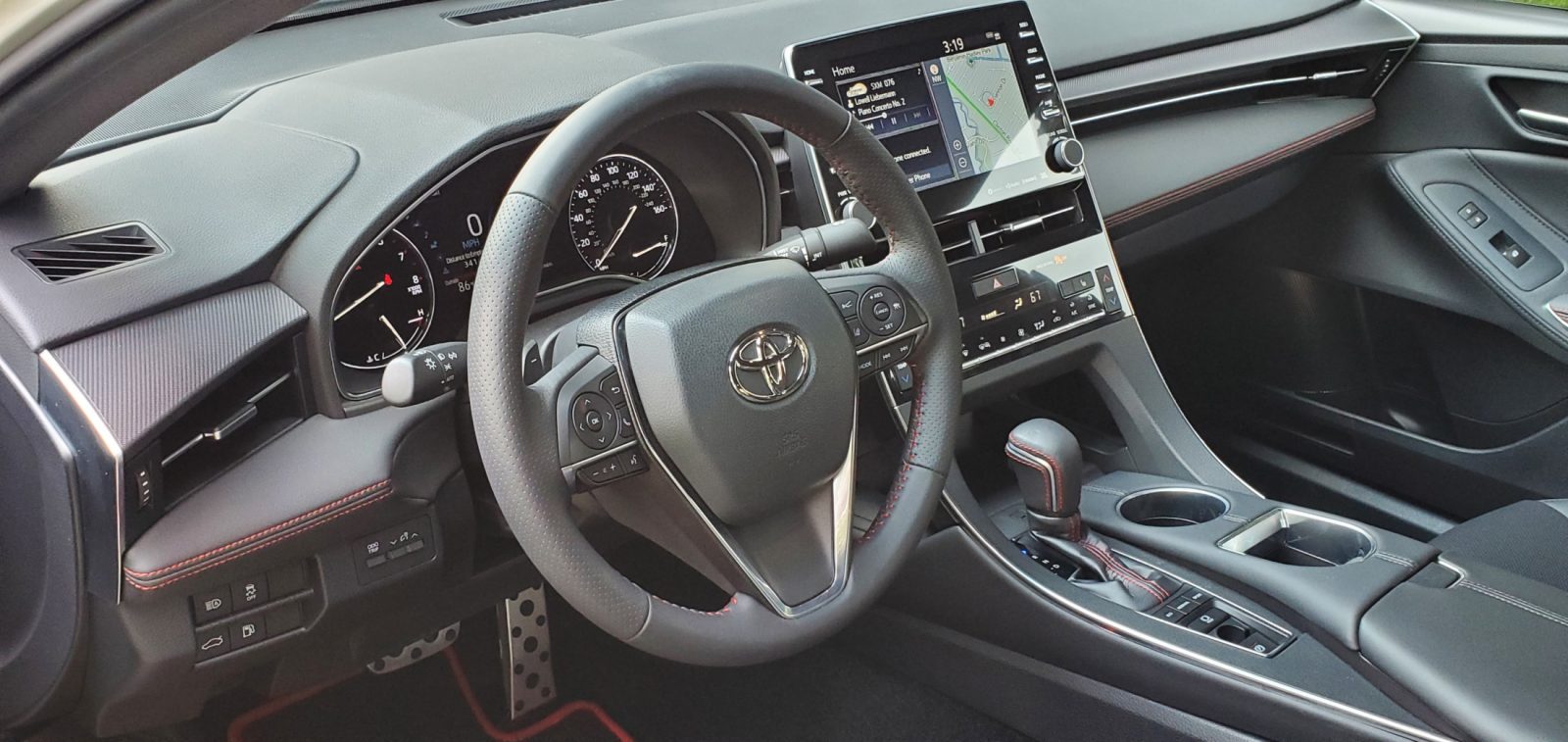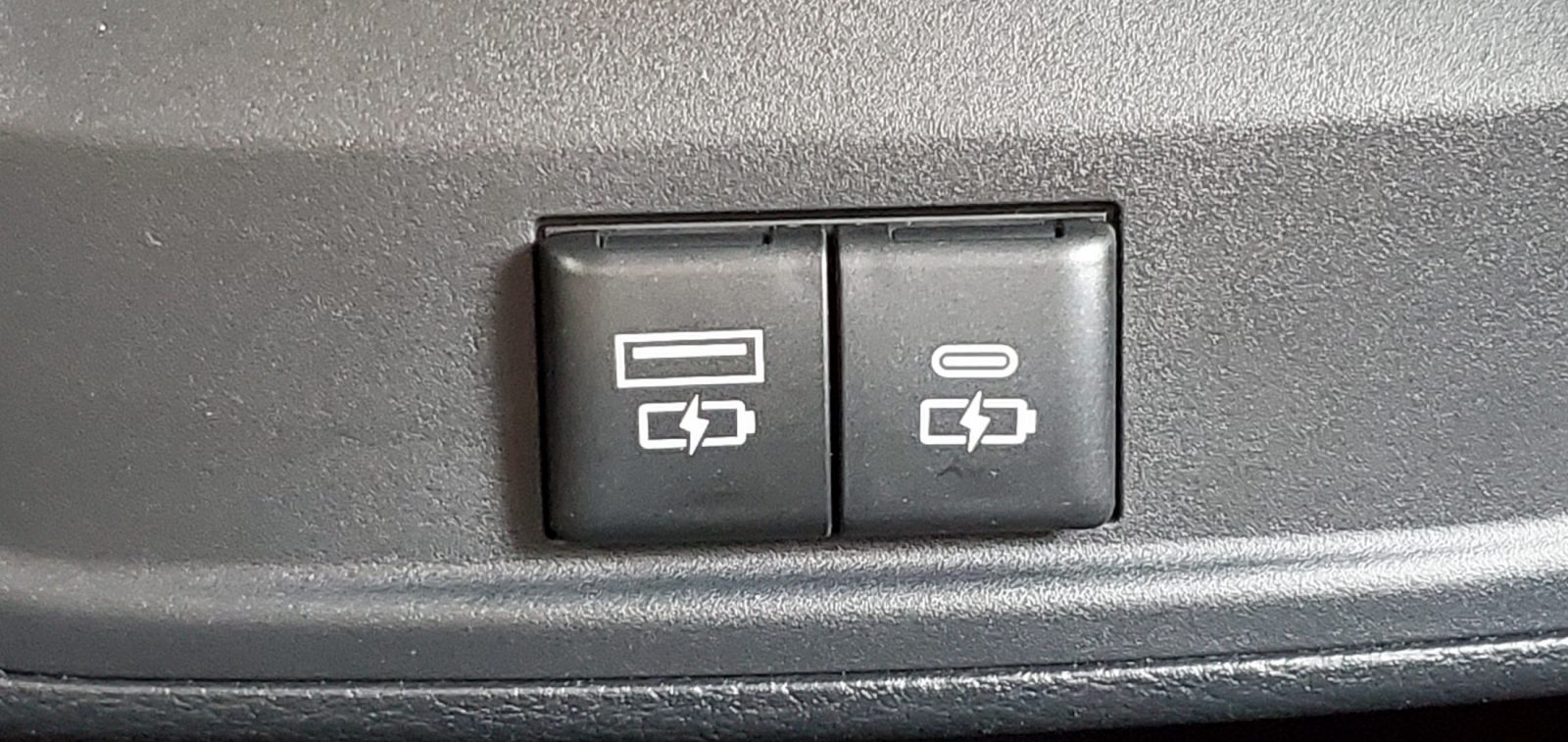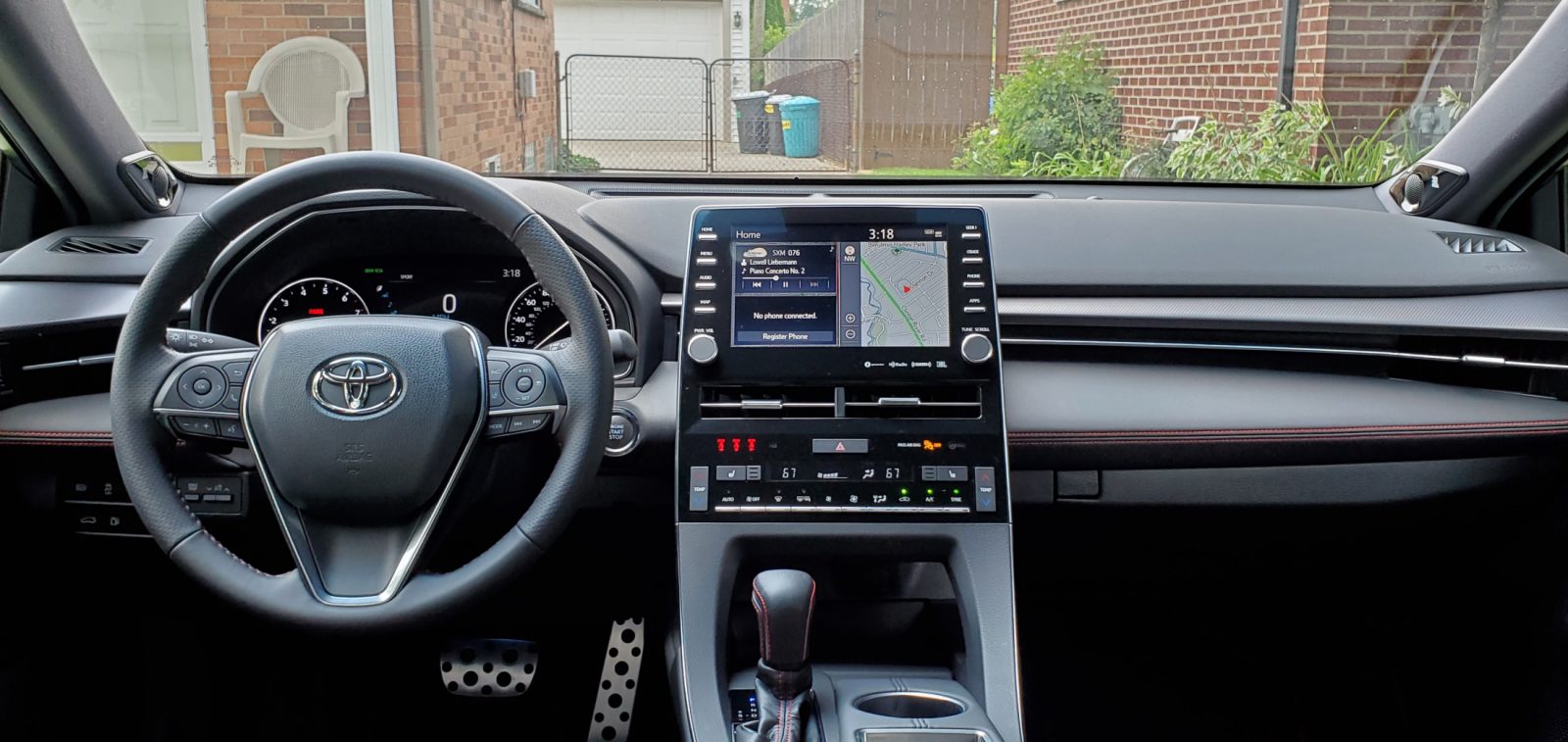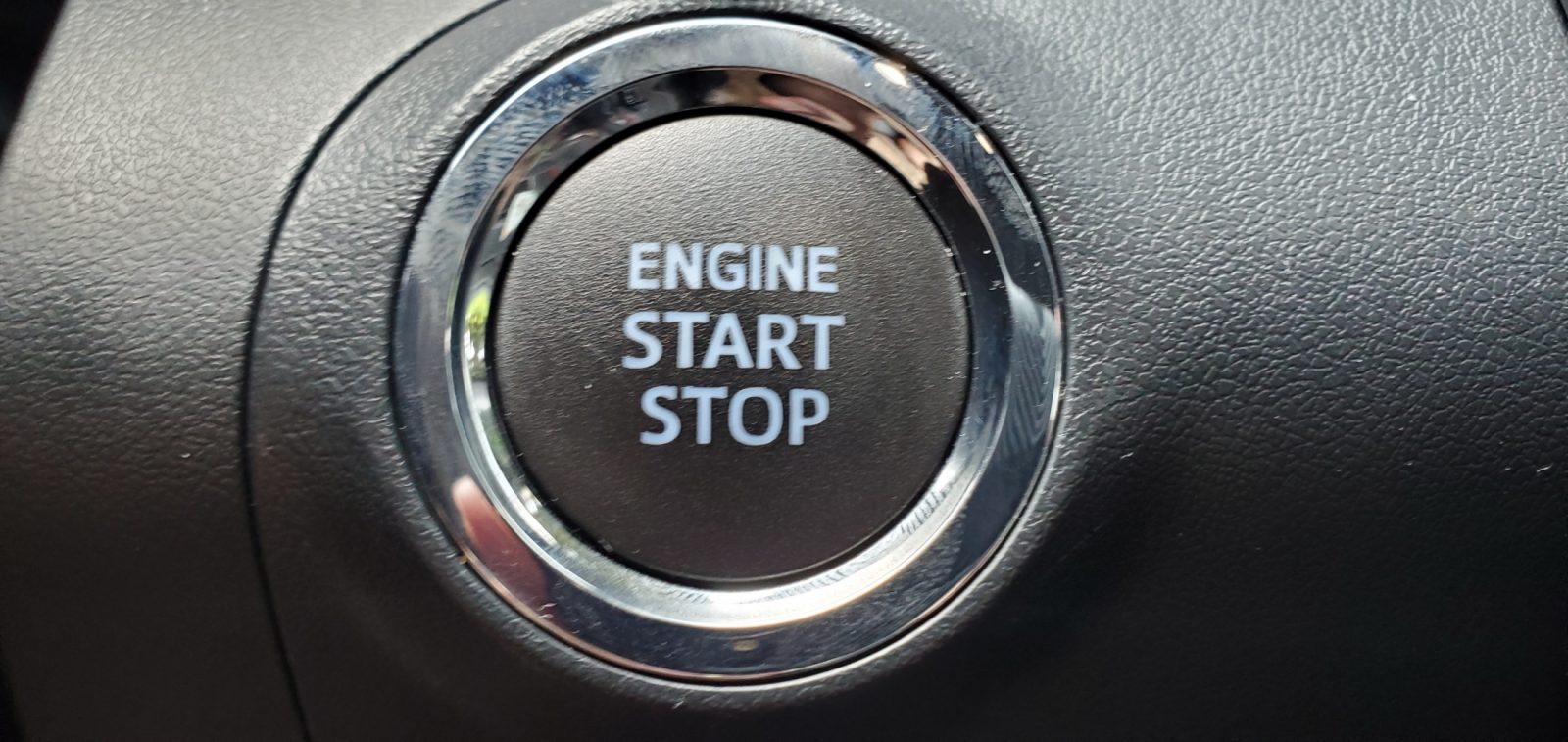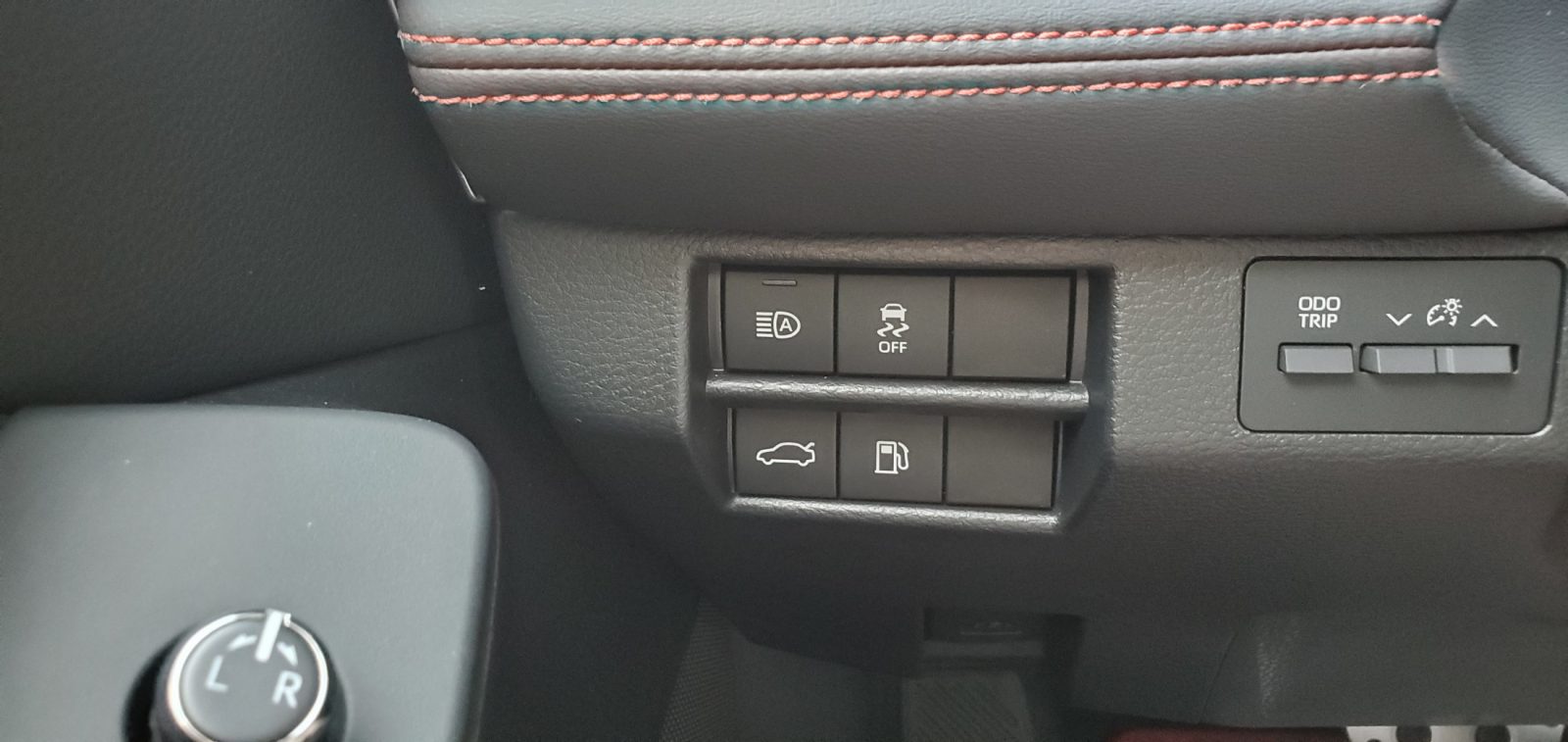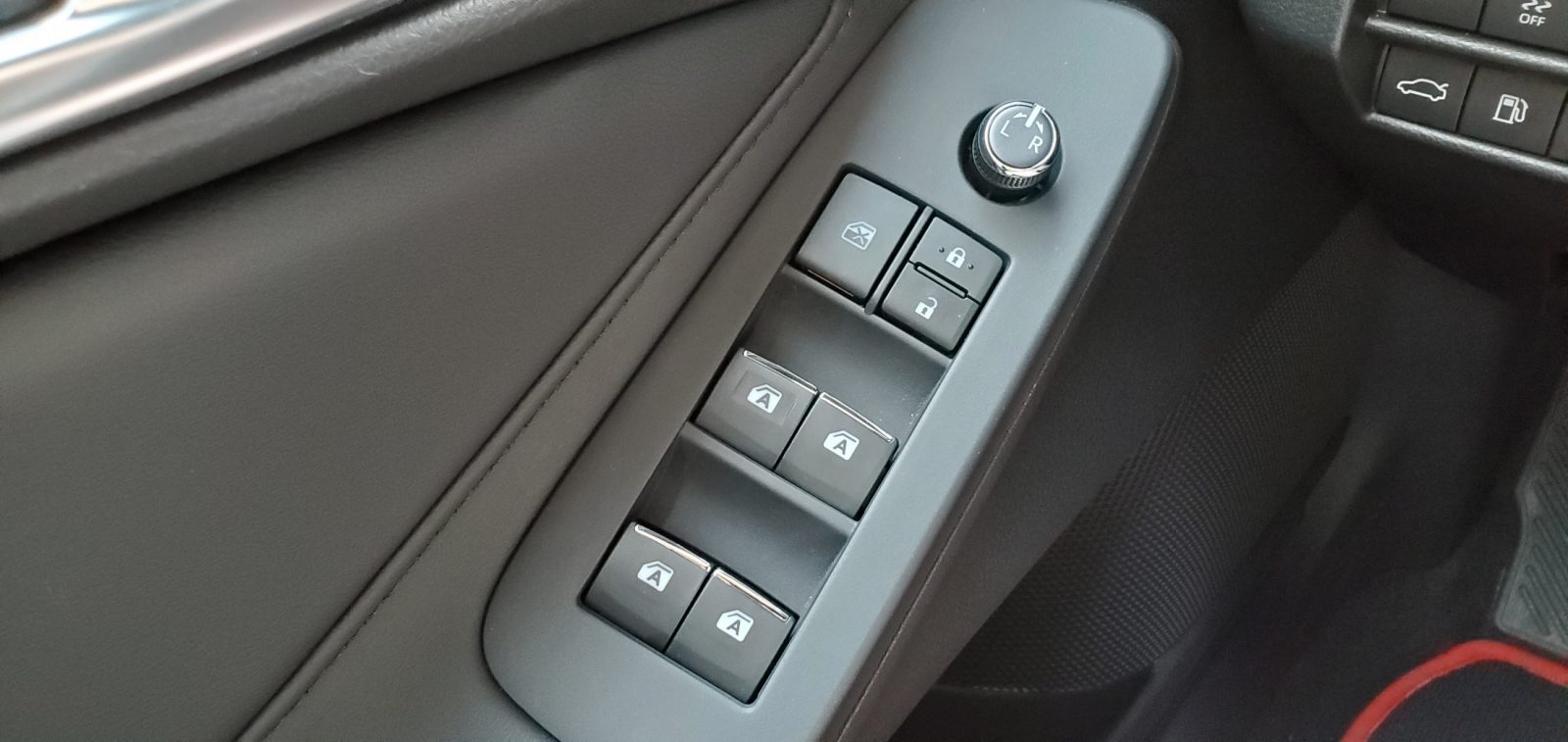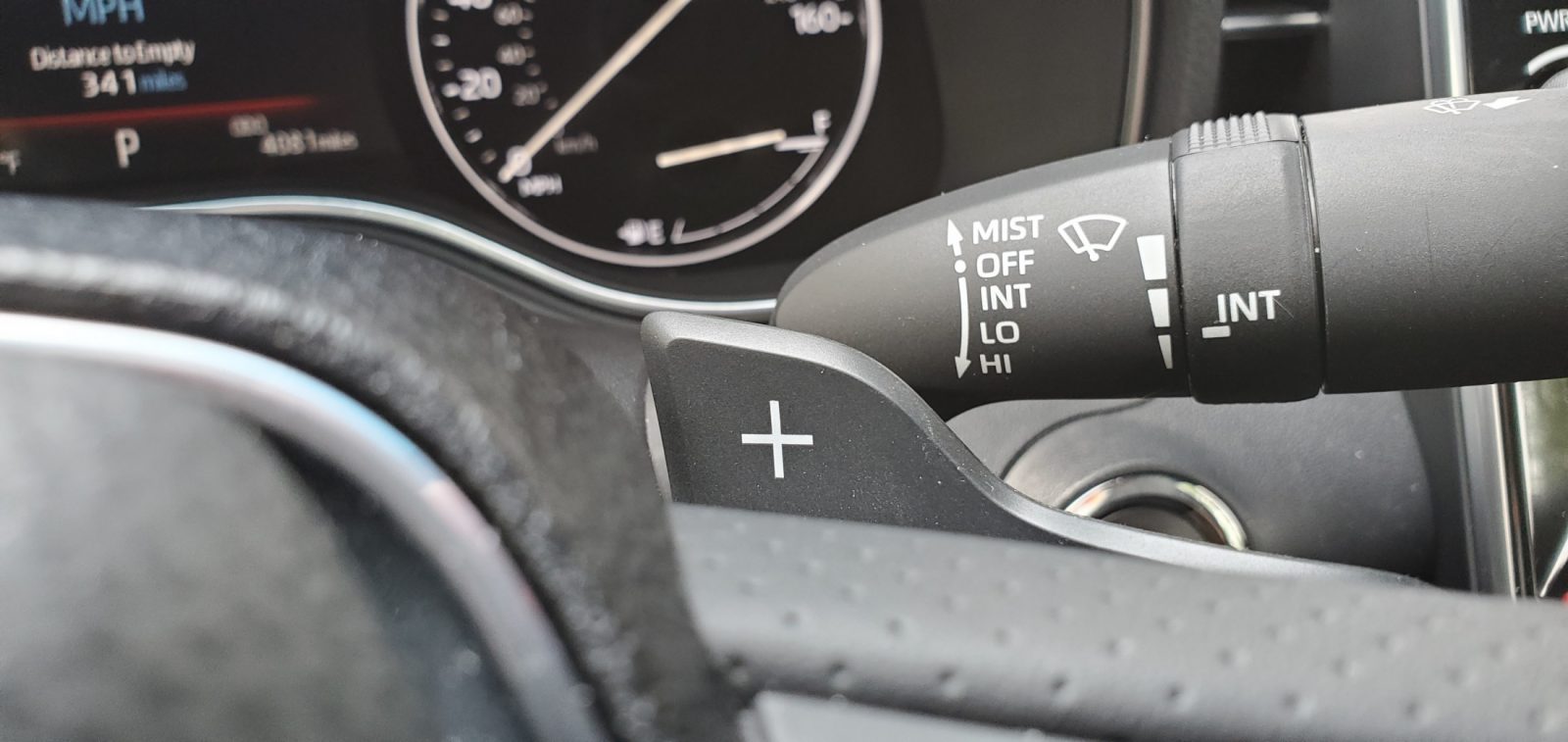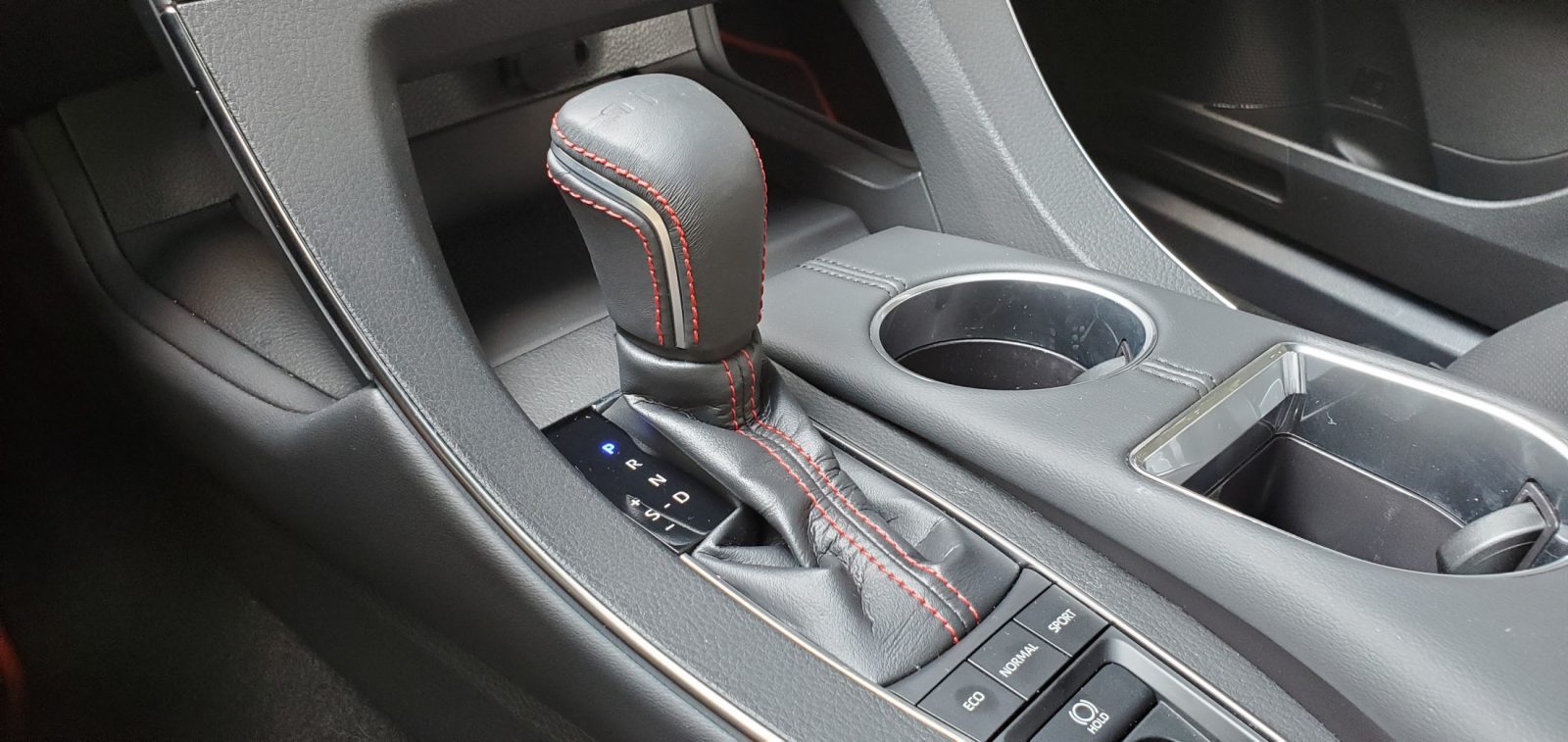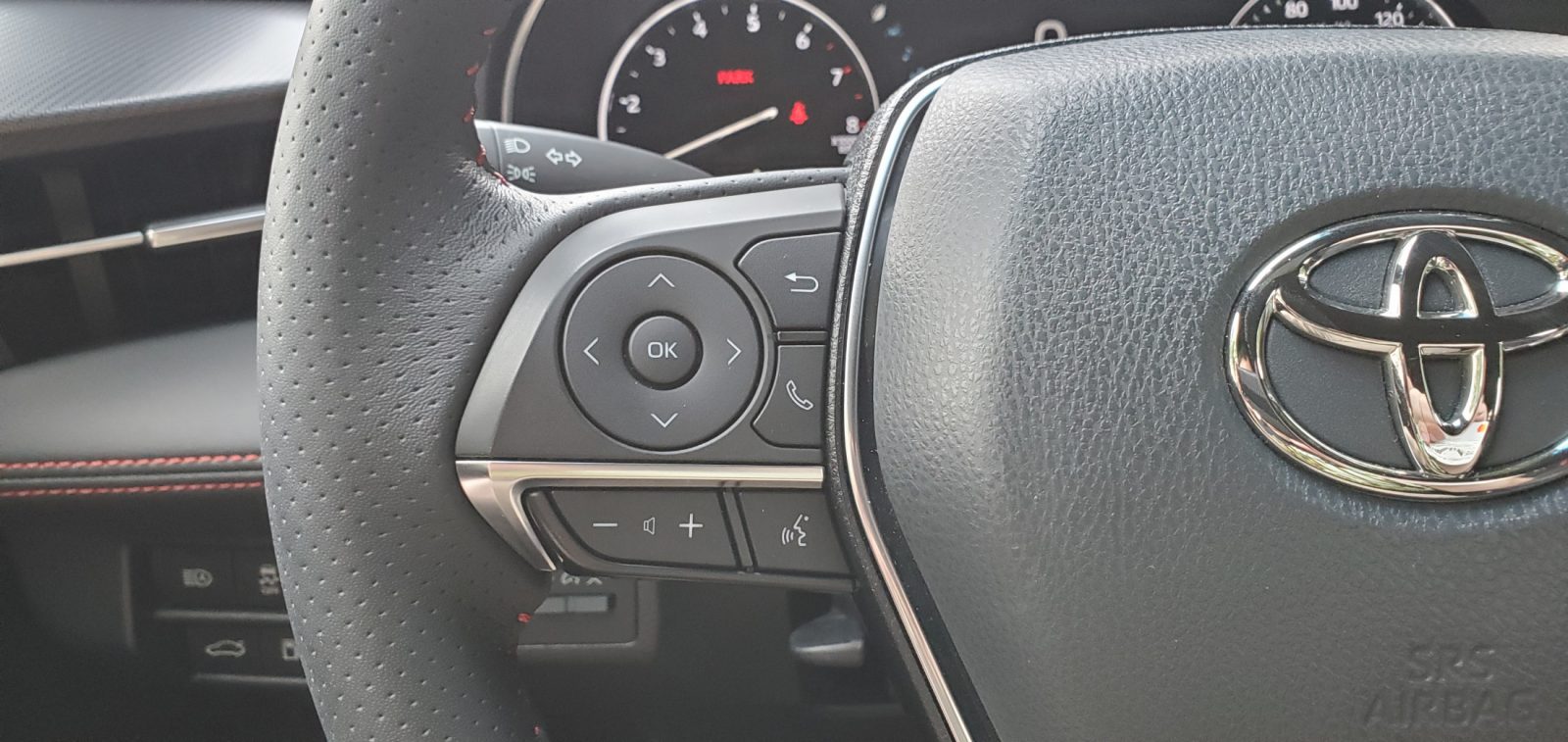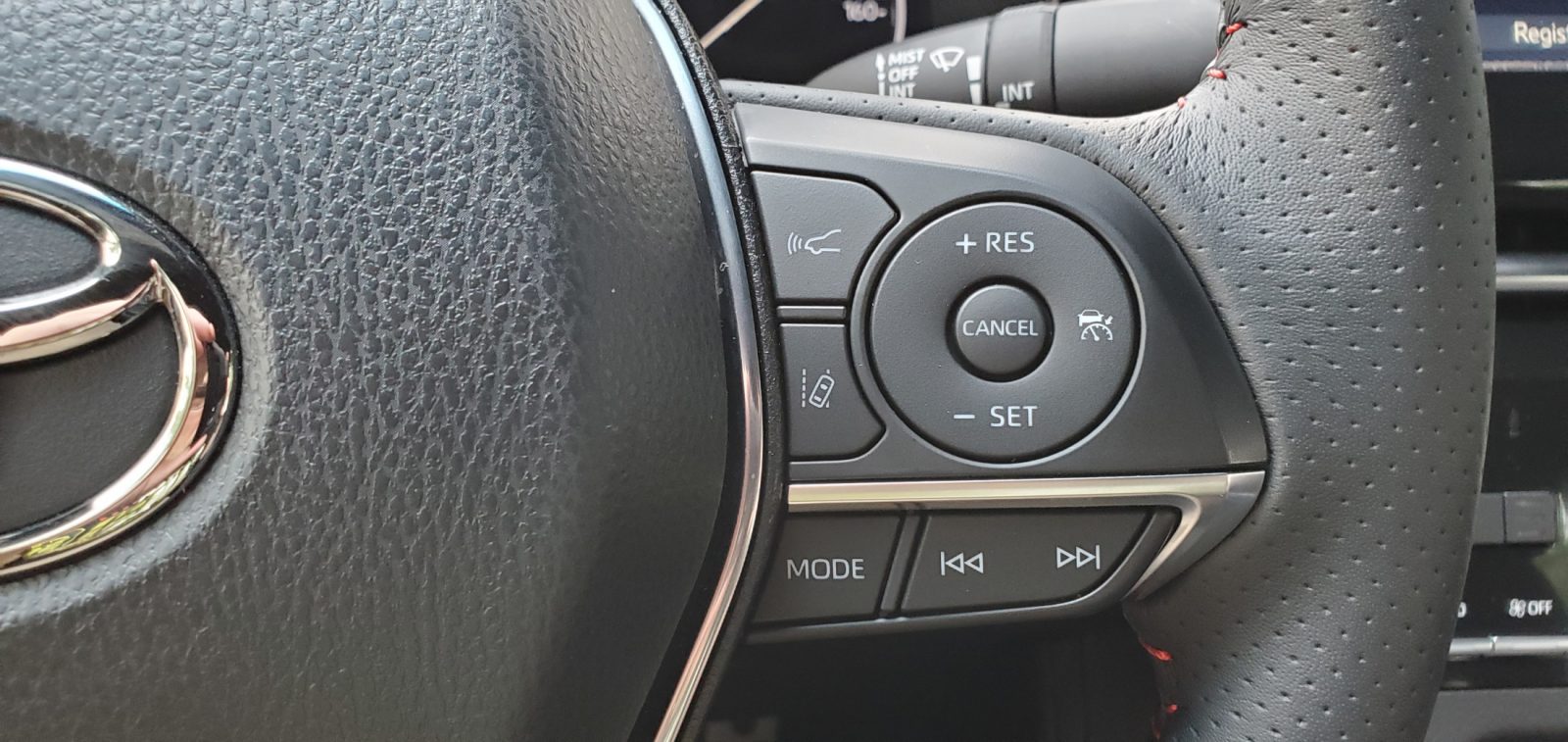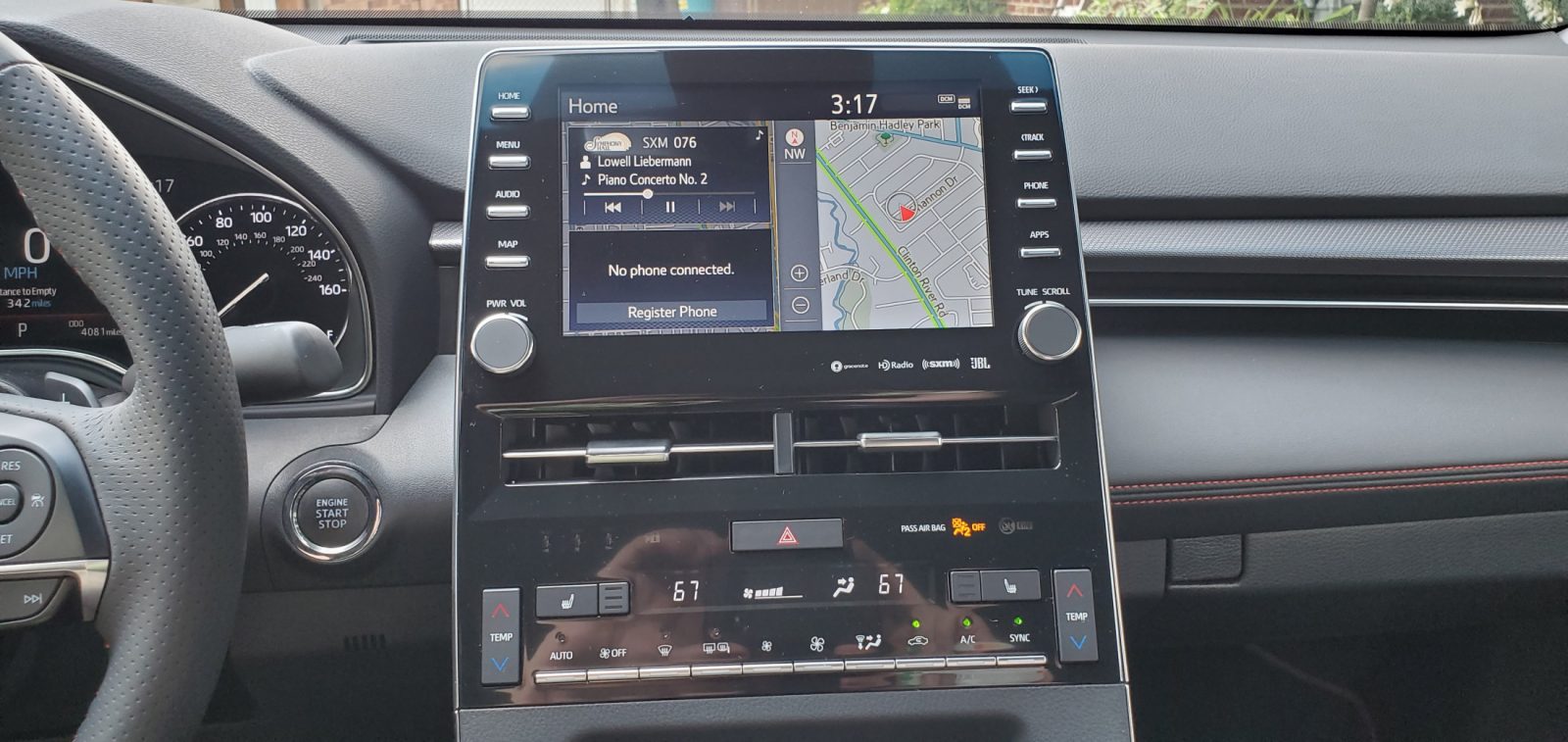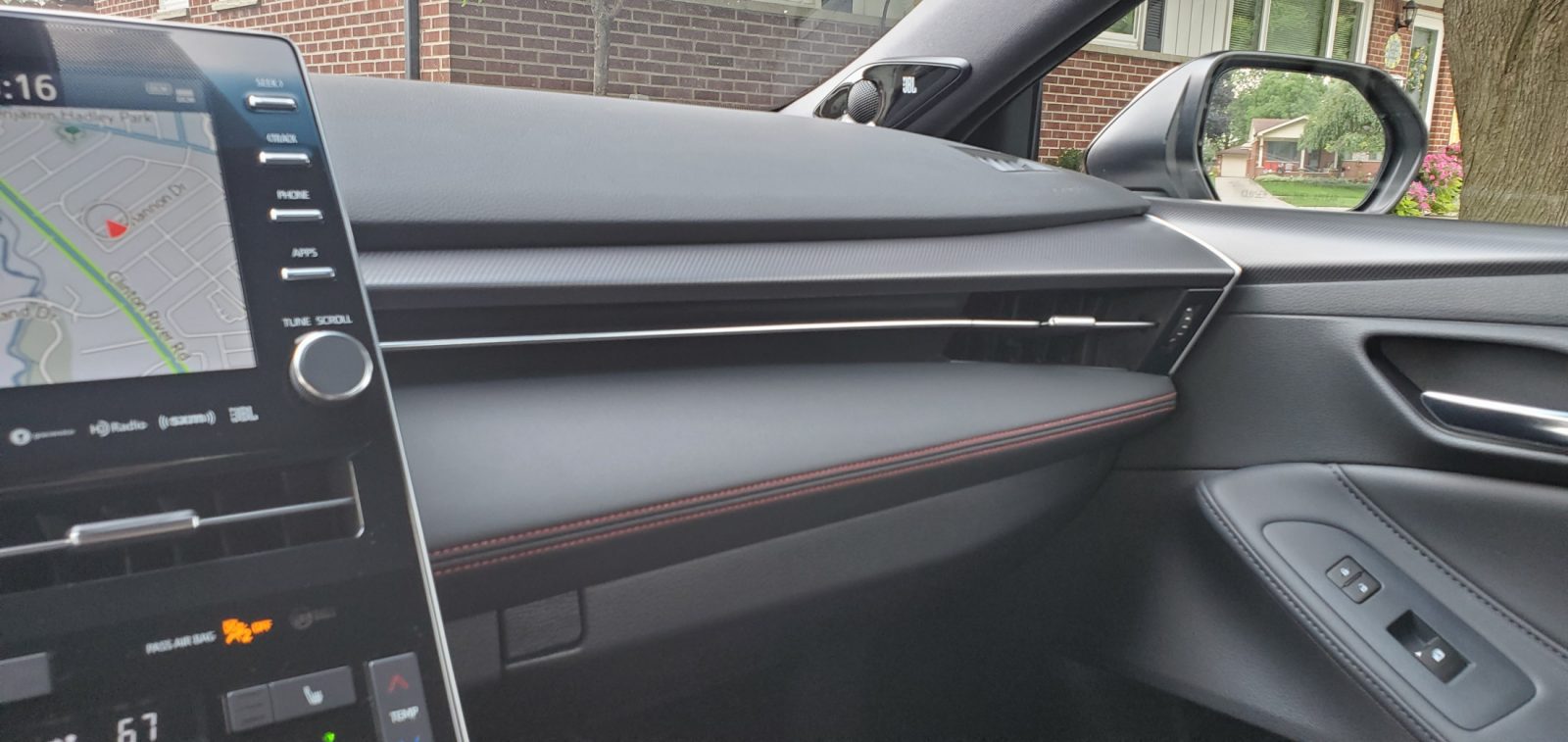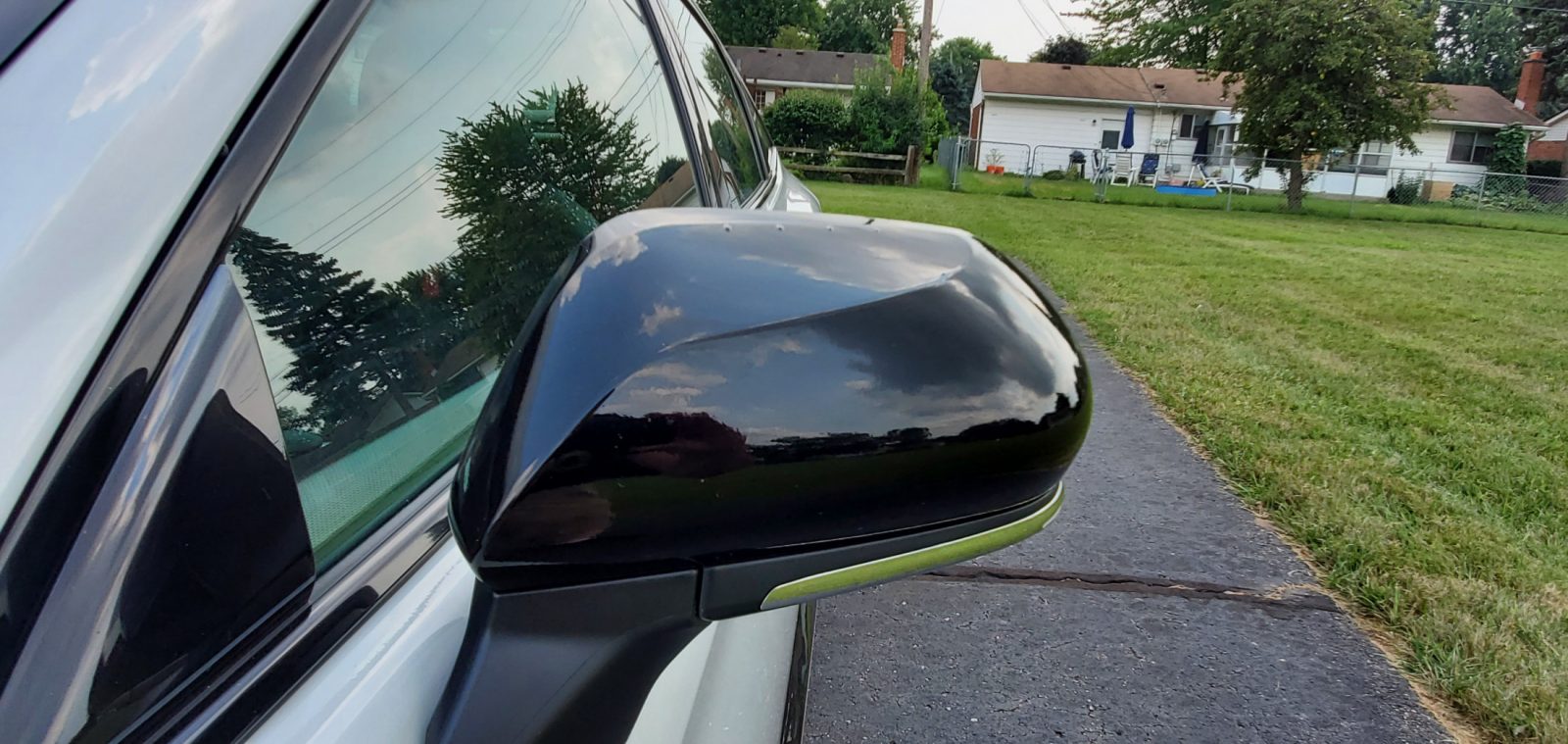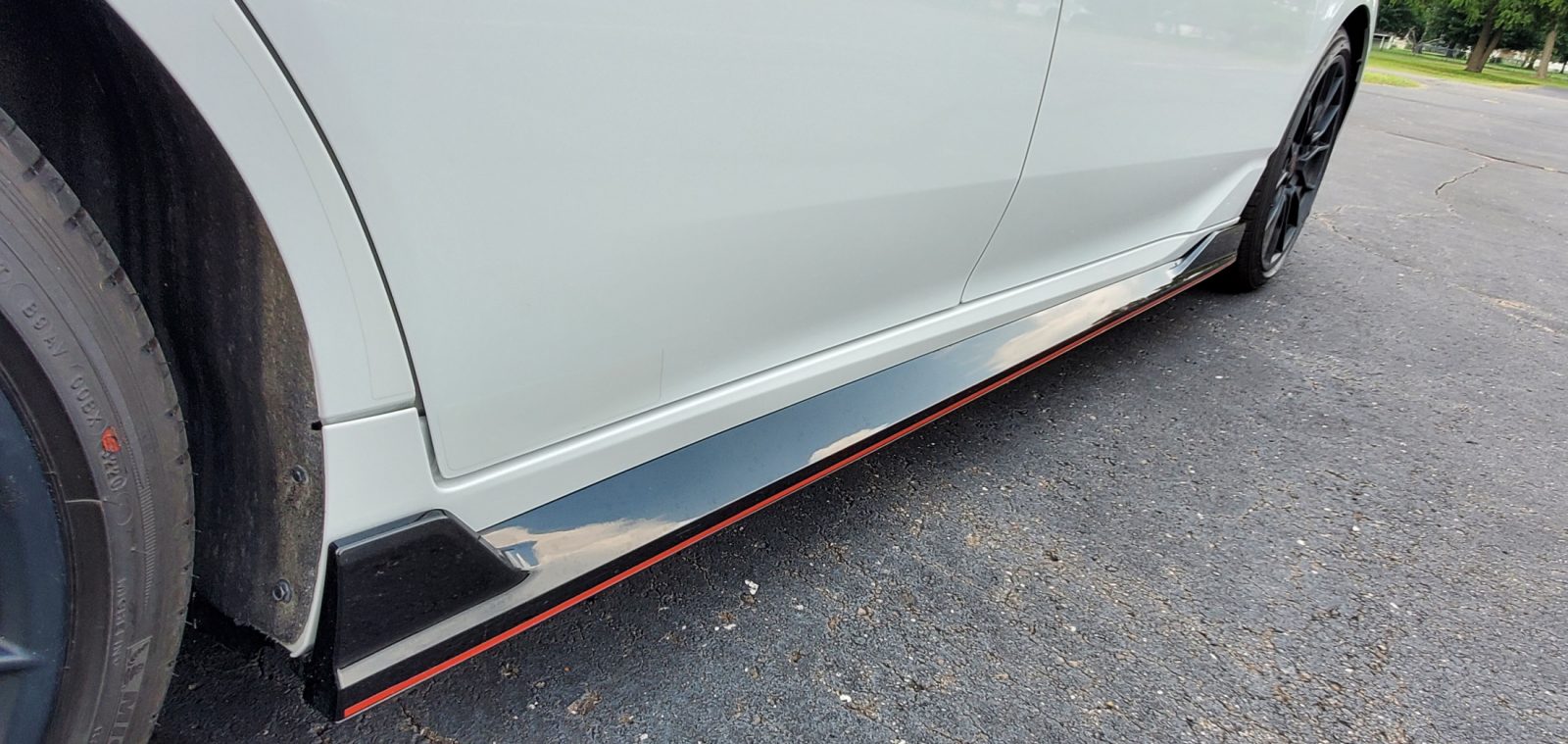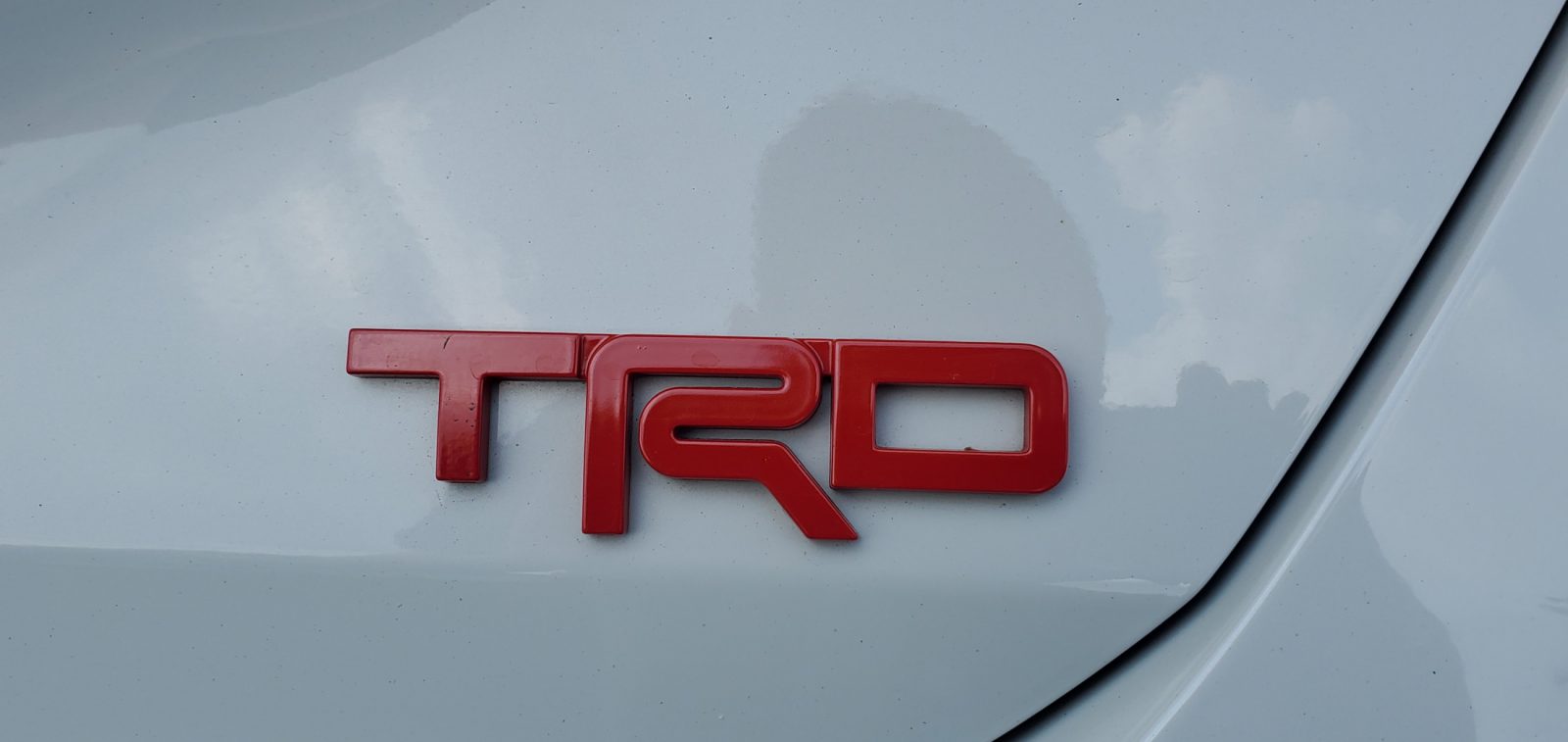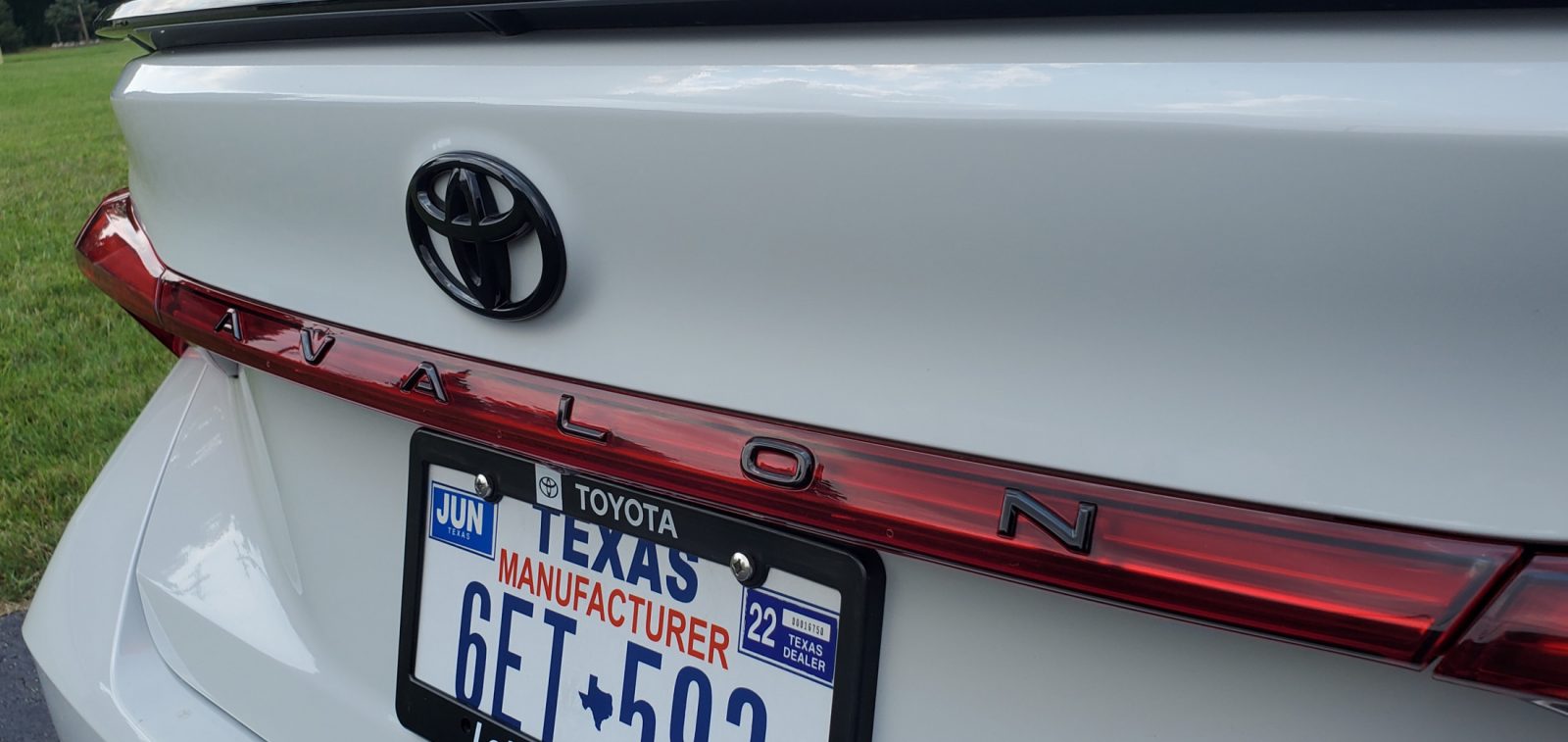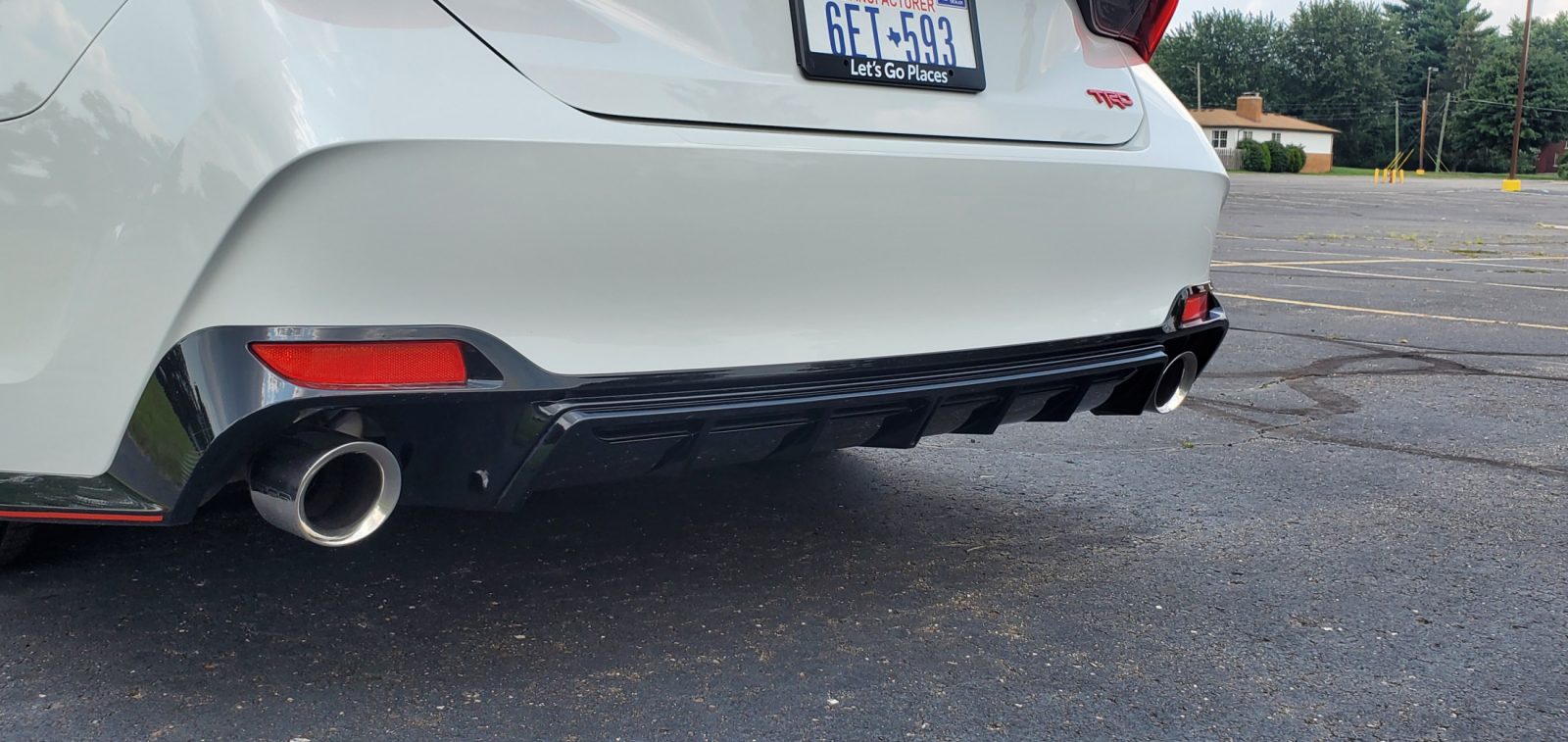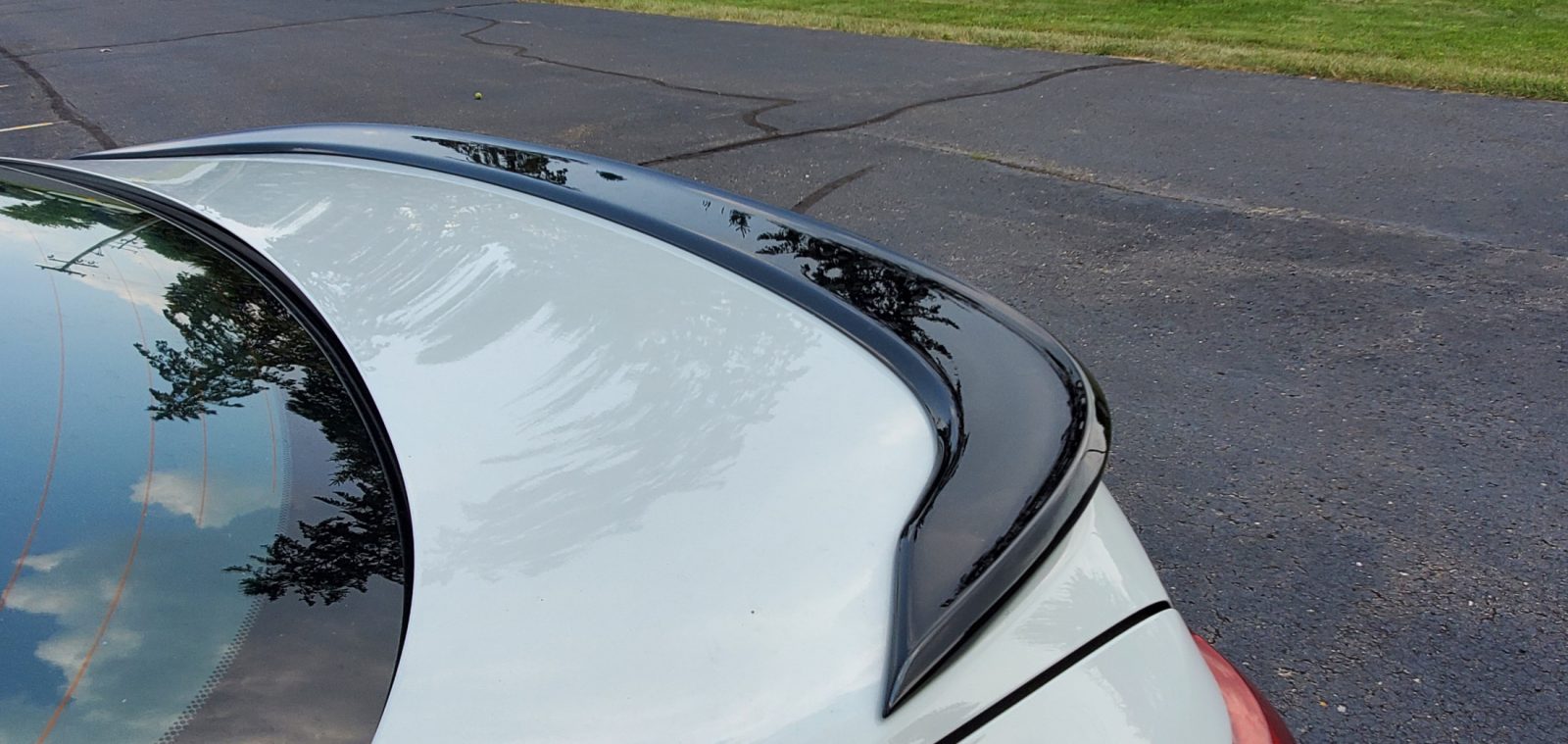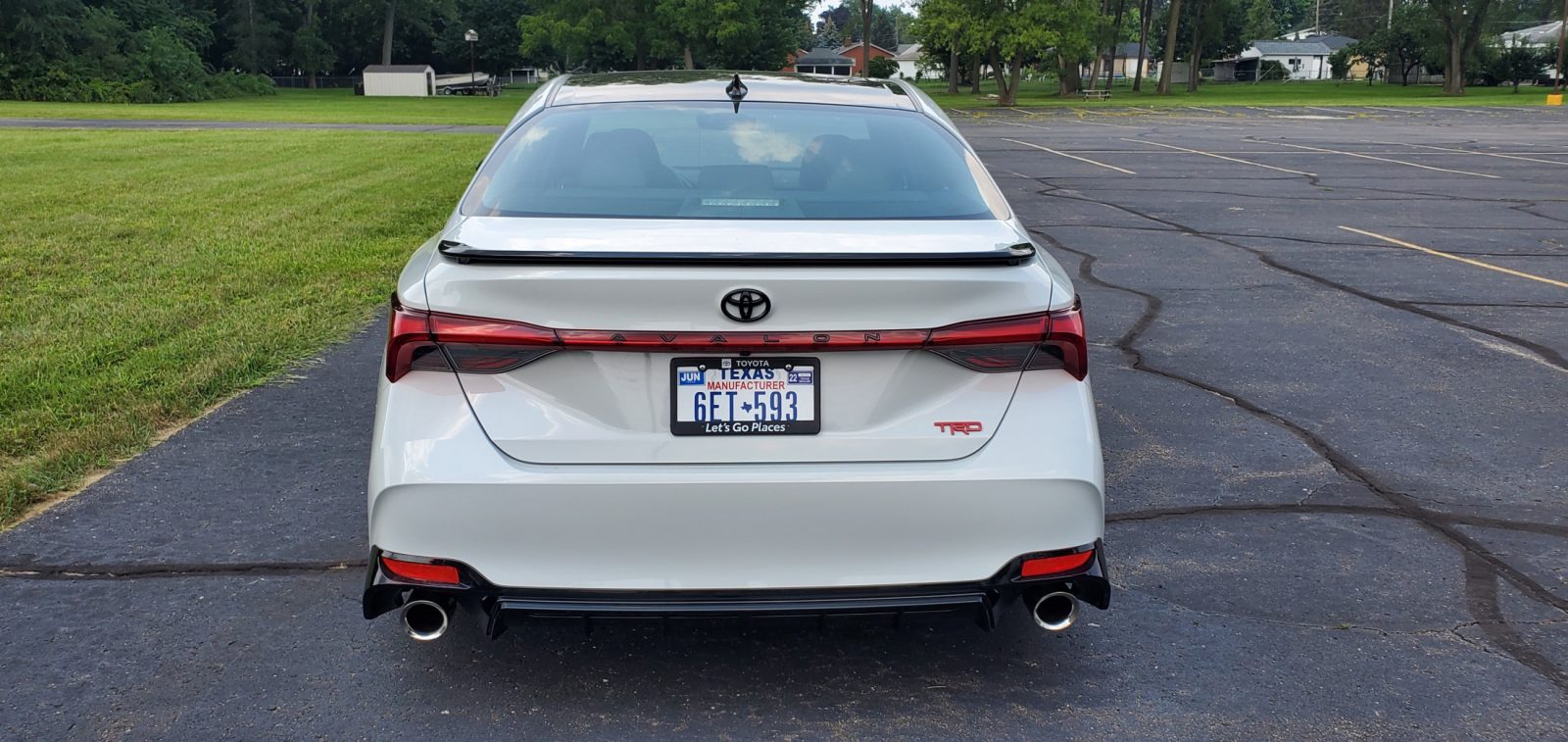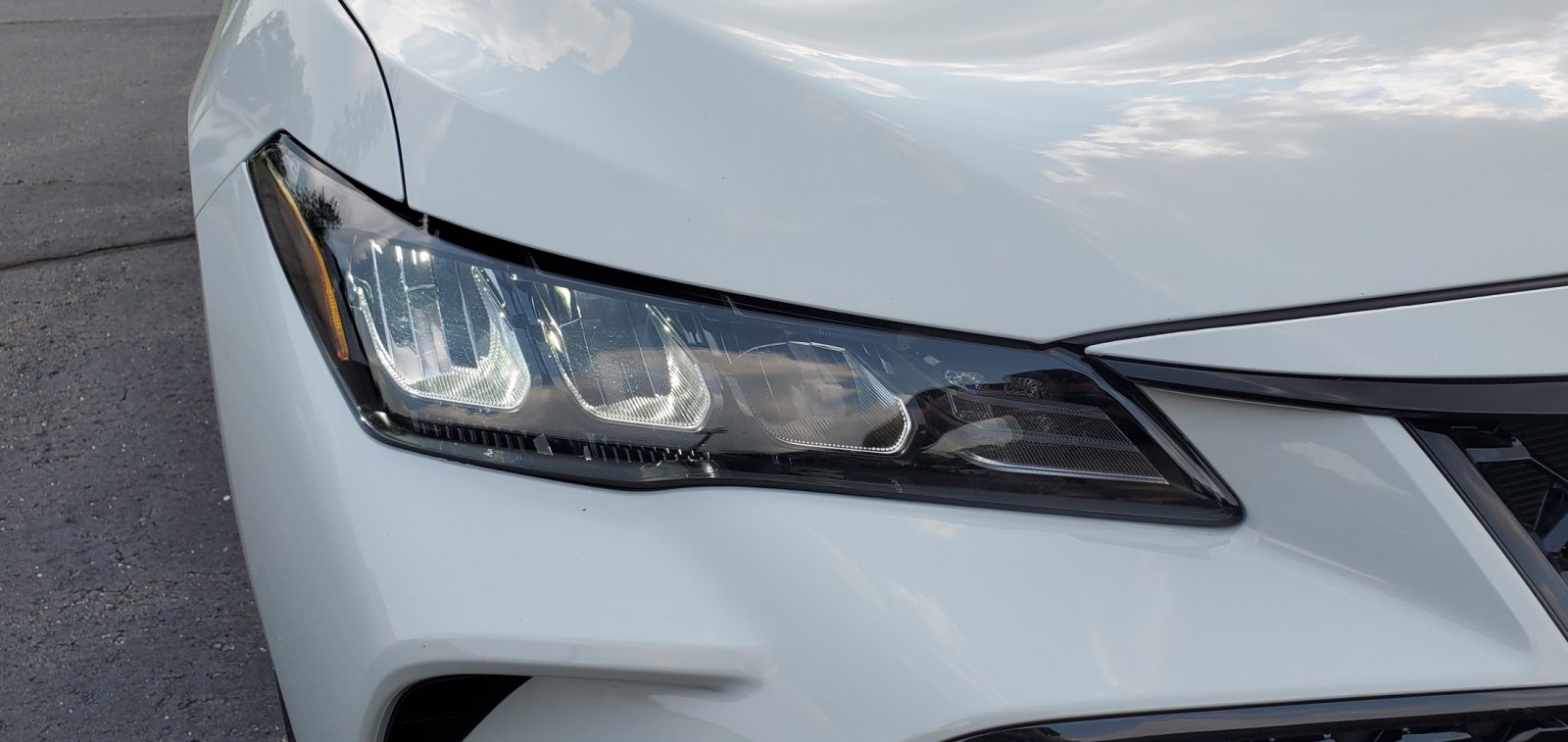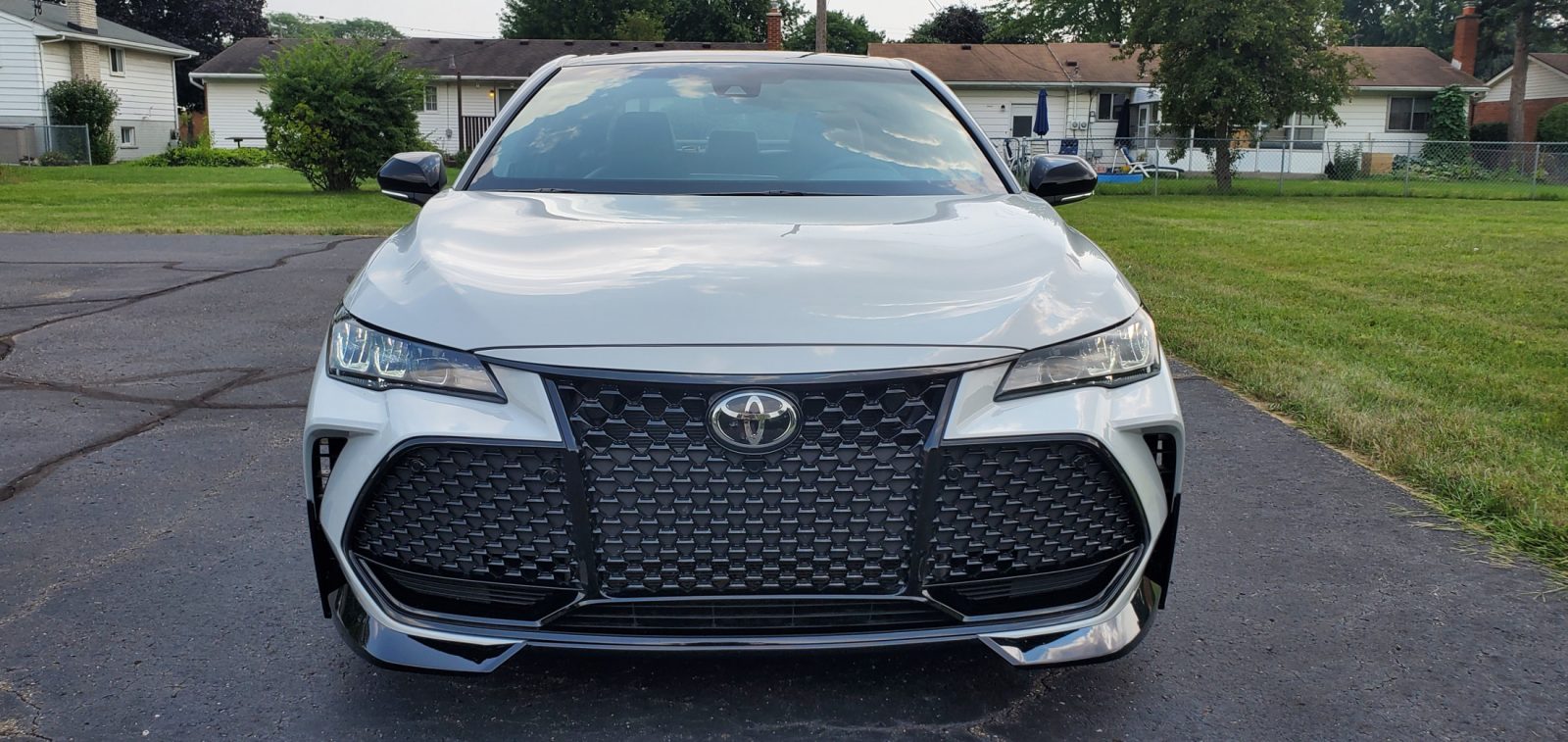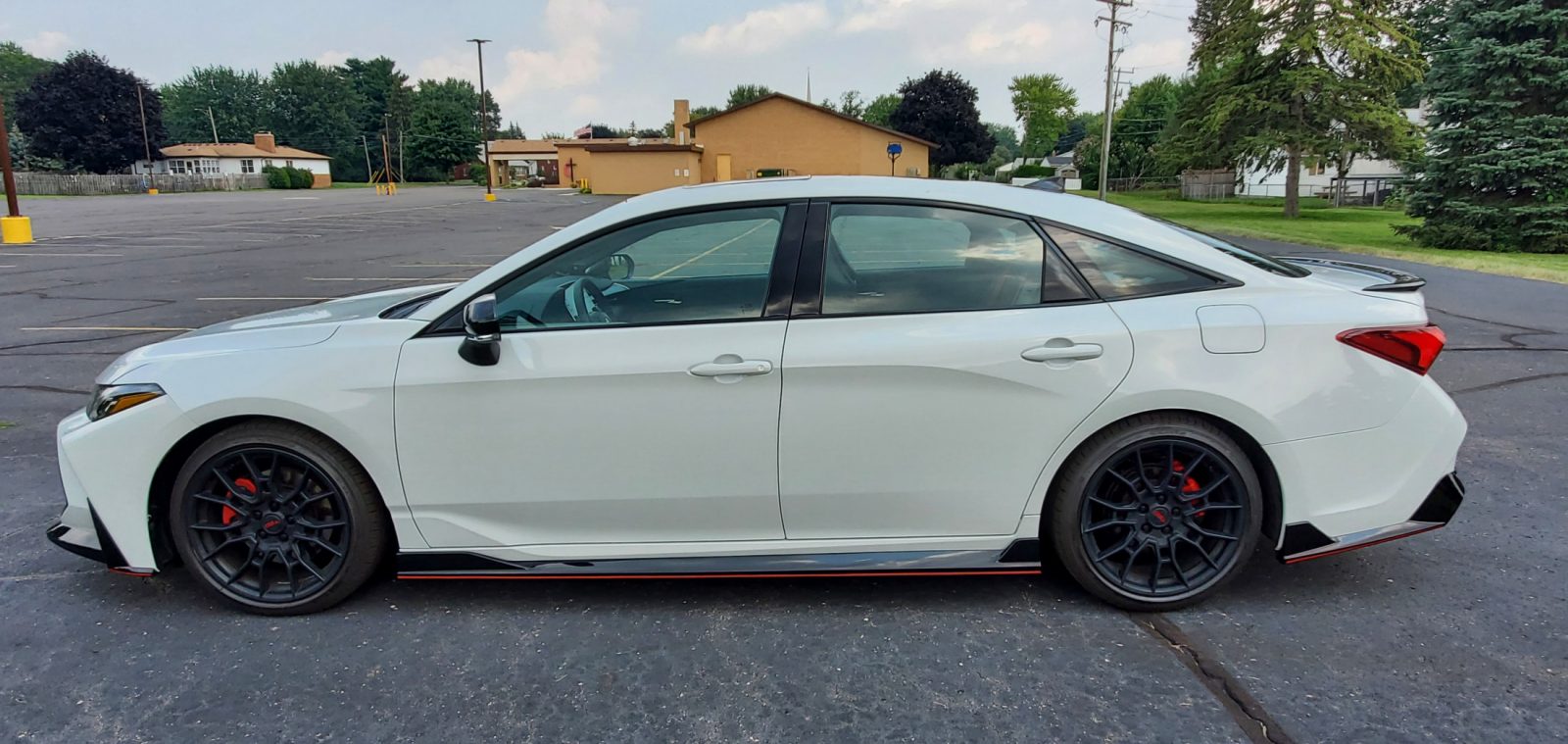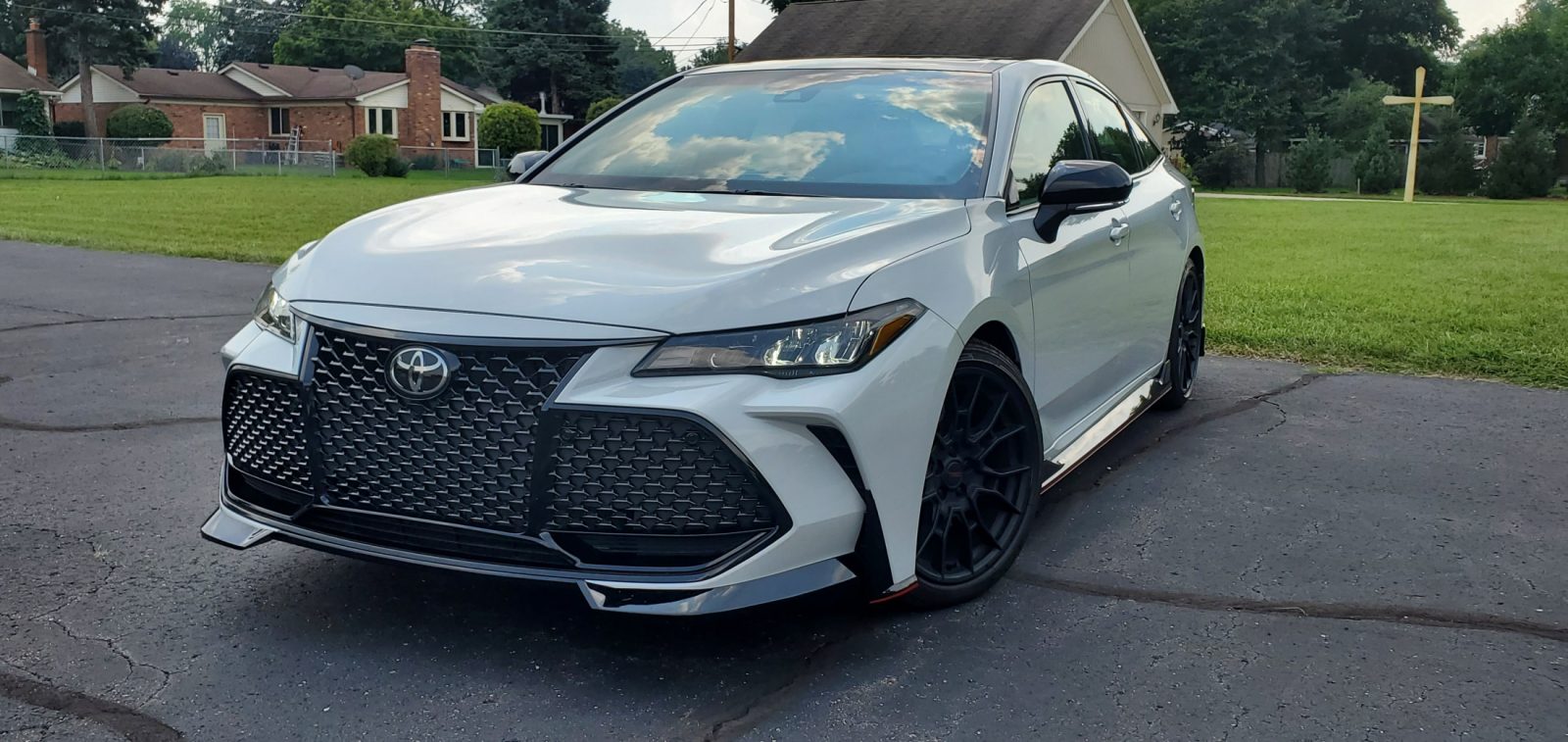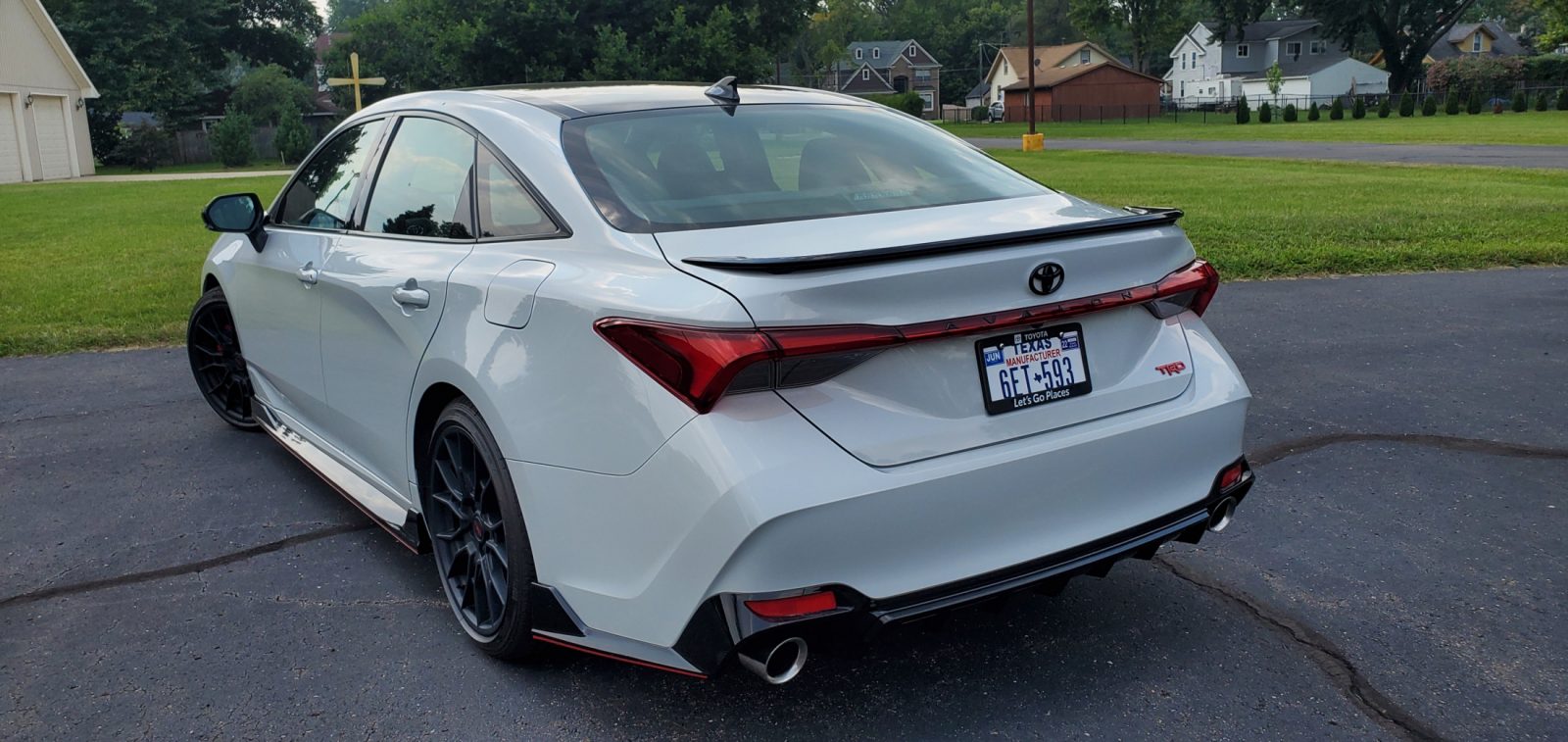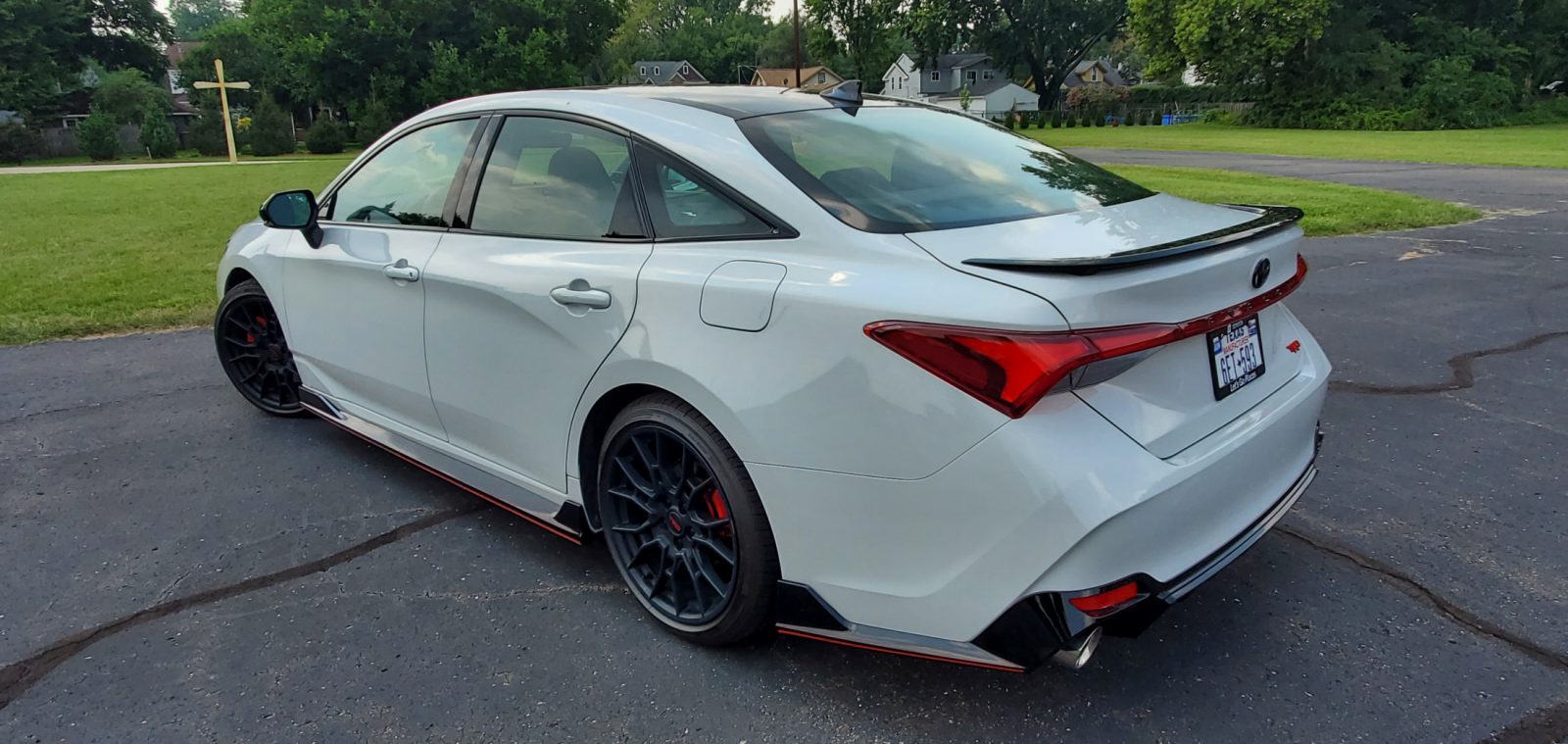When you think of the soon to be axed 2021 Toyota Avalon, chances are that you don’t necessarily think of it as a performance-focused offering. Part of that was due to how Toyota sold the model for years, with the company preferring to highlight its long list of comfort and entry-level luxury features. The Avalon is the latest victim of the U.S. market’s recent push towards SUV and CUV models. Still, before it goes away, Toyota decided to create an Avalon that could be a passable machine for weekend track work thanks to the addition of TRD goodies. But is the 2021 Avalon TRD a question we wanted to answer? Or is it a question that was best left unexplored?
Avalon Styling Still Leans Towards Conservative Versus Sporty
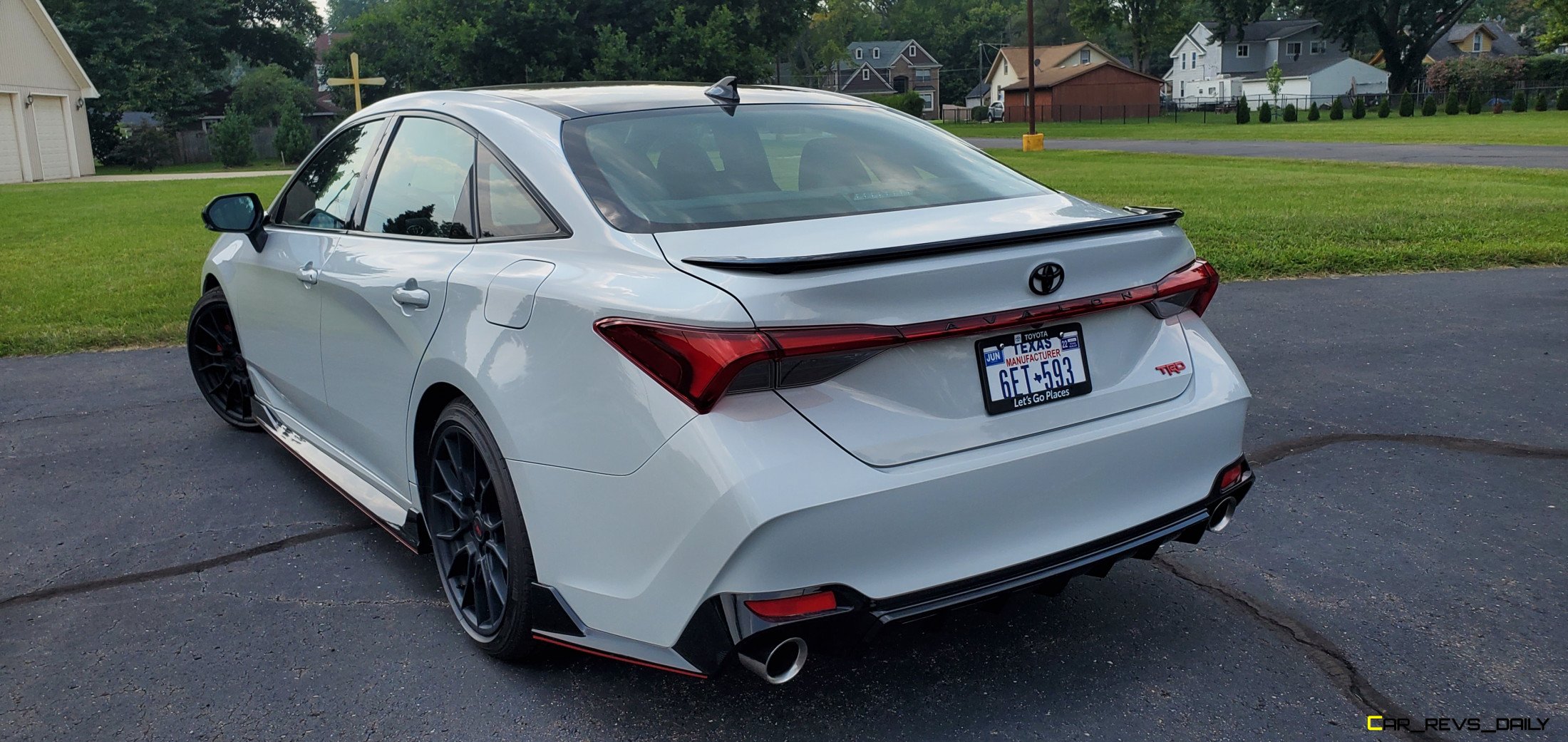
The current generation Avalon received one of the most ambitious redesigns that the model was ever given several years ago. However, like other Avalons that we have experienced, the look is still an odd one to digest. The front fascia has a massive front grille paired with smallish-looking headlights. While it looks like something you would see on a large catfish at first glance, it’s still a noticeable improvement over older and blander iterations of the Avalon.
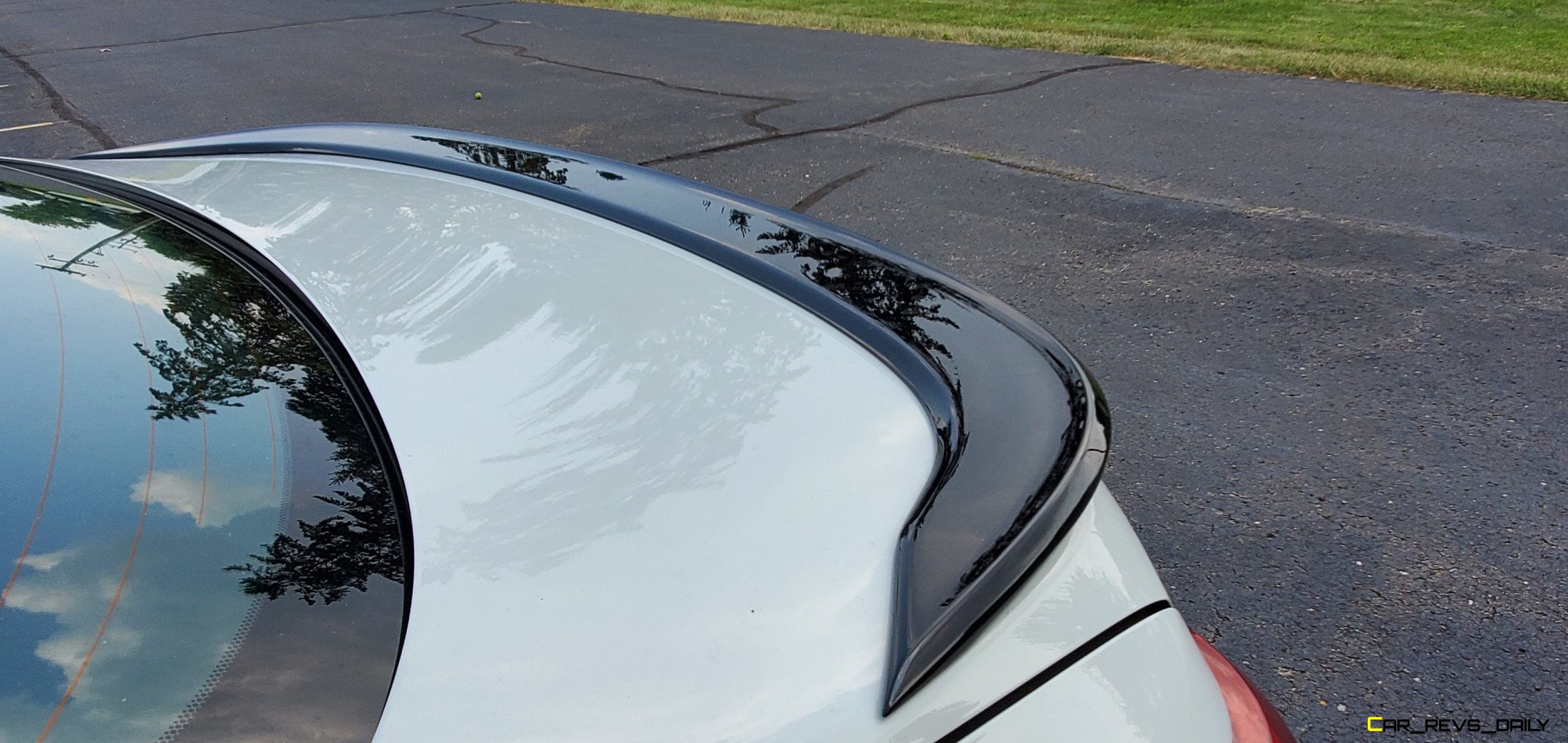
The main change buyers will notice is the TRD exclusive lower body kit that snakes its way along the lower part of the Avalon and comes equipped with tasteful red pinstriping. Our white-hued tester helped make the blackened bits of the body kit pop out as an attractive contrast color. Beautiful 19-inch blackened alloy wheels also make a styling statement, and the large pipes at the rear further cement its place as the fun member of the Avalon family.
Overall, the changes here do an excellent job of raising the Avalon’s fun factor somewhat, but at the same time, it also feels a bit half-baked, especially when you put the Avalon alongside the TRD Camry. Unlike the bigger Avalon, the Camry seems to be the one that takes its sporty identity more seriously, especially with the trunk-mounted rear spoiler and the bolder body kit that it employs. As it stands, the Avalon will undoubtedly be a conversation starter at the weekend autocross or track day, but in everyday commuting, it will simply blend into the background.
Avalon Interior Feels Like It Has An Identity Crisis
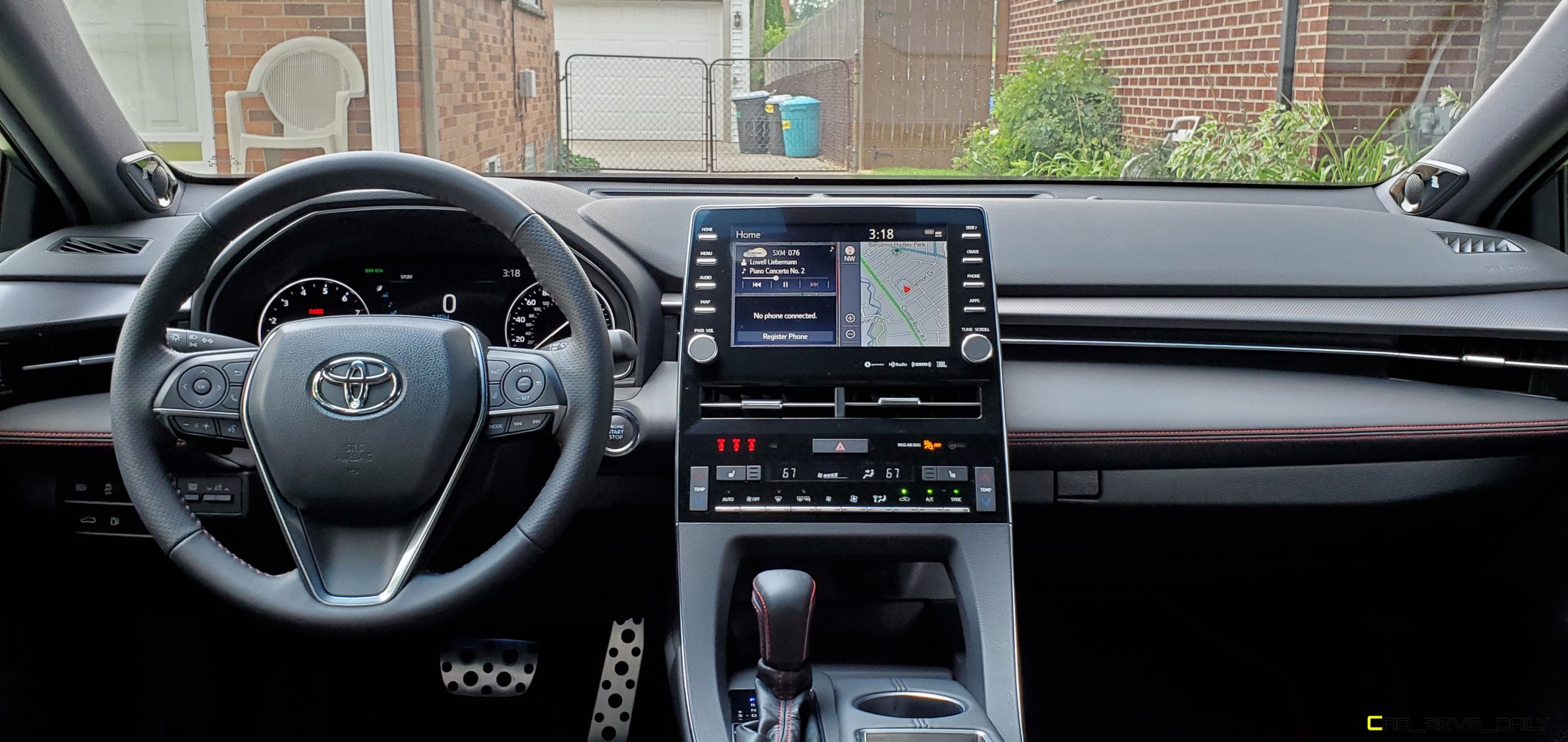
With the exterior of the Avalon TRD embarking on the world’s most understated transformation into a sporty ride, it should come as no shock that the interior also suffers from this ailment but adds in an identity crisis too. Slip inside, and you can tell that Toyota interior designers made a commendable effort at convincing buyers that this is a different breed of Avalon. The blacked-out leather interior features red seat belts, red contrast accents, and even metal trim for the pedals. But while the TRD logo on the seatbacks is a welcome touch, it feels like designers missed the finer essentials of what a sporty sedan should be. The black seats in our tester were comfortable. Still, the lack of decent side bolstering brought back bitter memories of 1990s era Buick and Cadillac models, especially with how they failed to keep occupants in place during spirited driving.
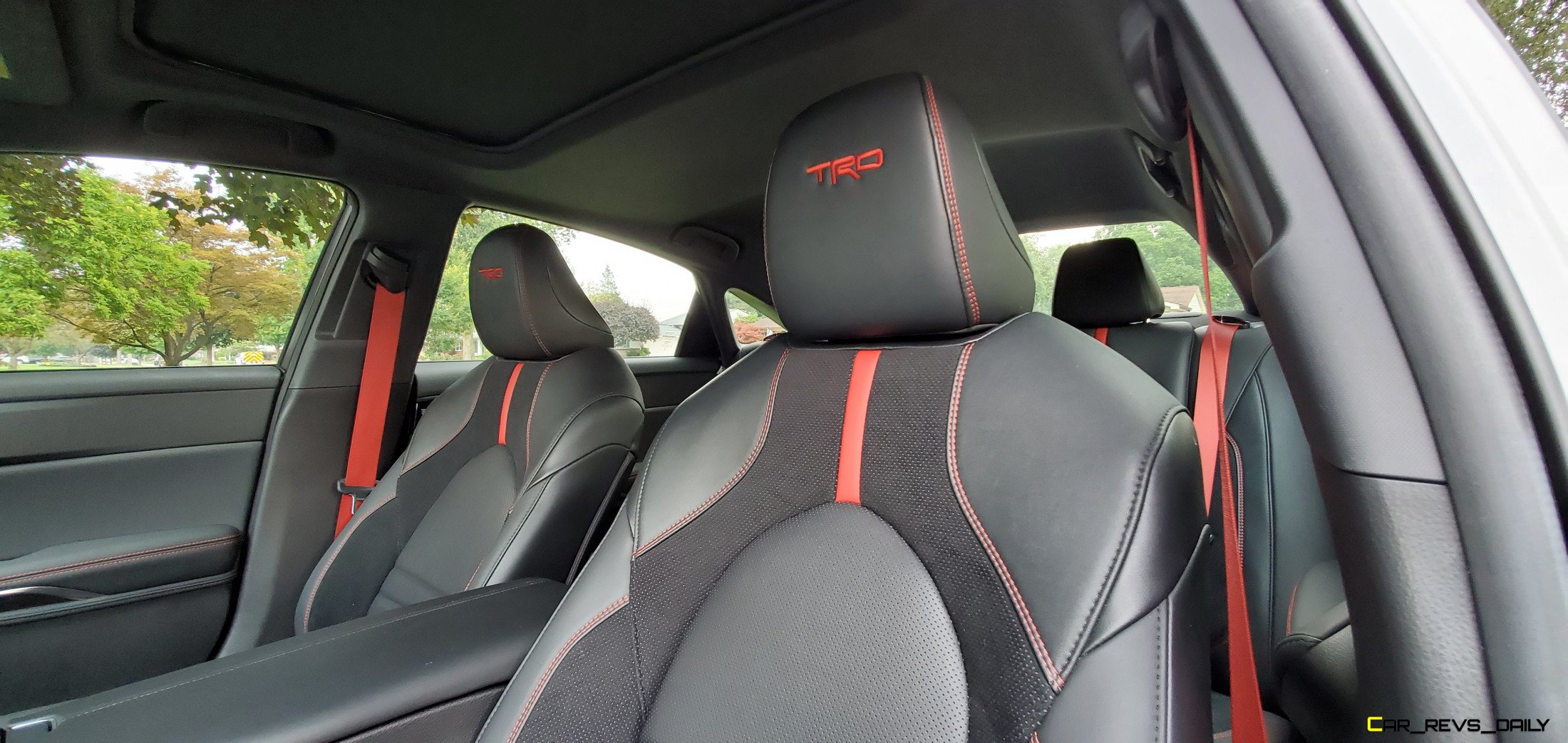
The rear seats also suffer from tight headroom, which is partially due to the sloping roofline. But when the Avalon is allowed to behave, well like a typical Avalon, it does a good job delivering the goods on comfort. The seats are heated and cooled, and the touchscreen infotainment system is hooked up to a slick sounding JBL premium audio system. This enhanced level of comfort has always been an Avalon strong point. Still, at the same time, it has also shown just how much the Camry has evolved over the past few decades, with the overall separation between the two in terms of equipment, size, and materials not being as large as it once was.
Sharpened Suspension Is Contrasted By Lack Of Additional Power
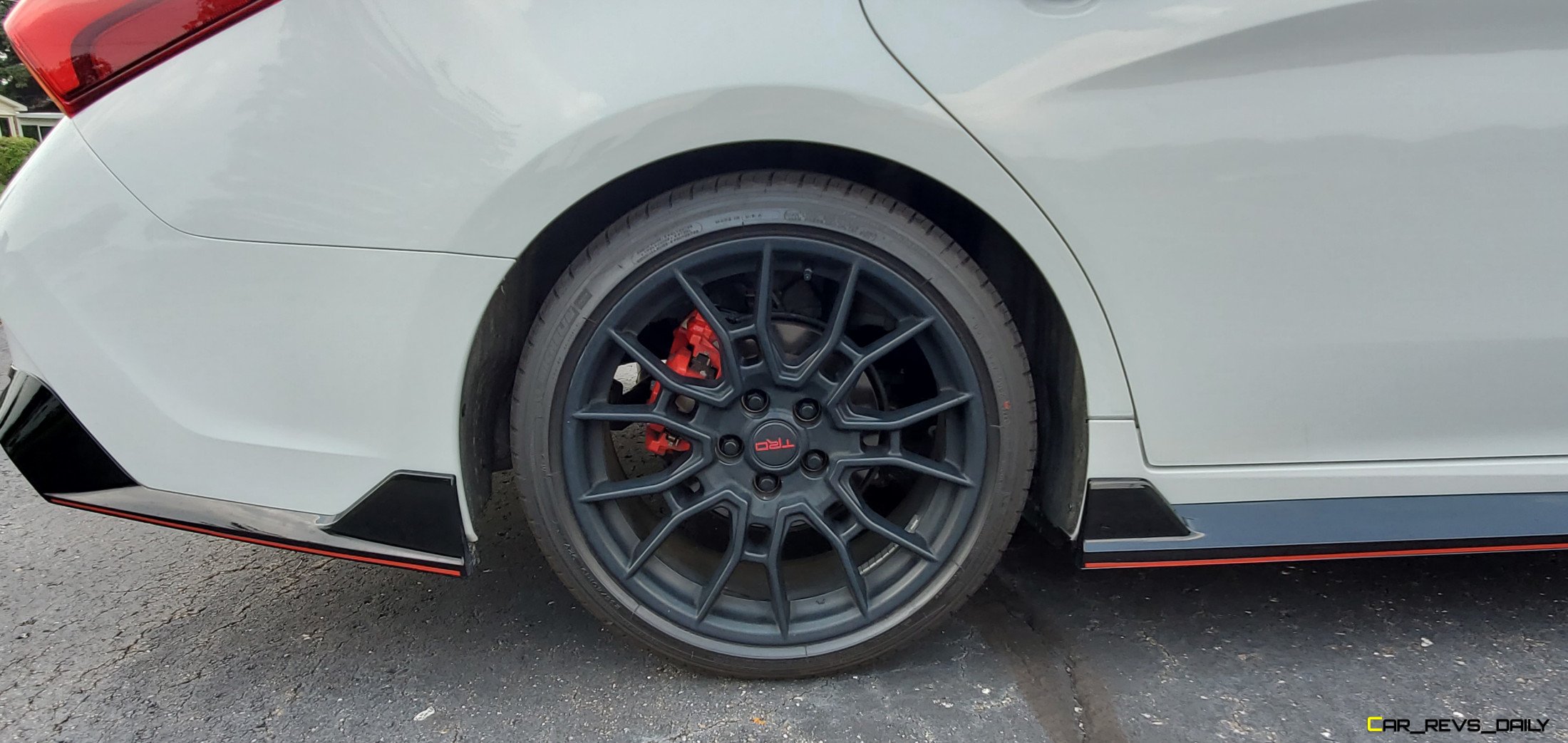
Buyers hoping to see an Avalon that could go toe to toe with a Dodge Charger will be disappointed to see that this spicier Avalon is still an Avalon. That means retaining front-wheel drive and the carryover 3.5 liter V6, which retains its 301 hp rating. An eight-speed transmission helps channel power to the road, and it allowed our tester to make the sprint to 60 mph in 6.1 seconds (on par with the Avalon Touring.)
The bulk of the upgrades are found in the Avalon’s suspension, which has been slightly stiffened and lowered compared to a standard Avalon. Toyota increased the stiffness of the front springs by 10 percent while the rear ones were firmed up by 15 percent. Toyota also made other changes to the platform, but we couldn’t identify any discernible difference between it and a standard Avalon Touring during our time with it. Perhaps it was intentional since the Avalon TRD uses the same all-season rubber as the Touring.
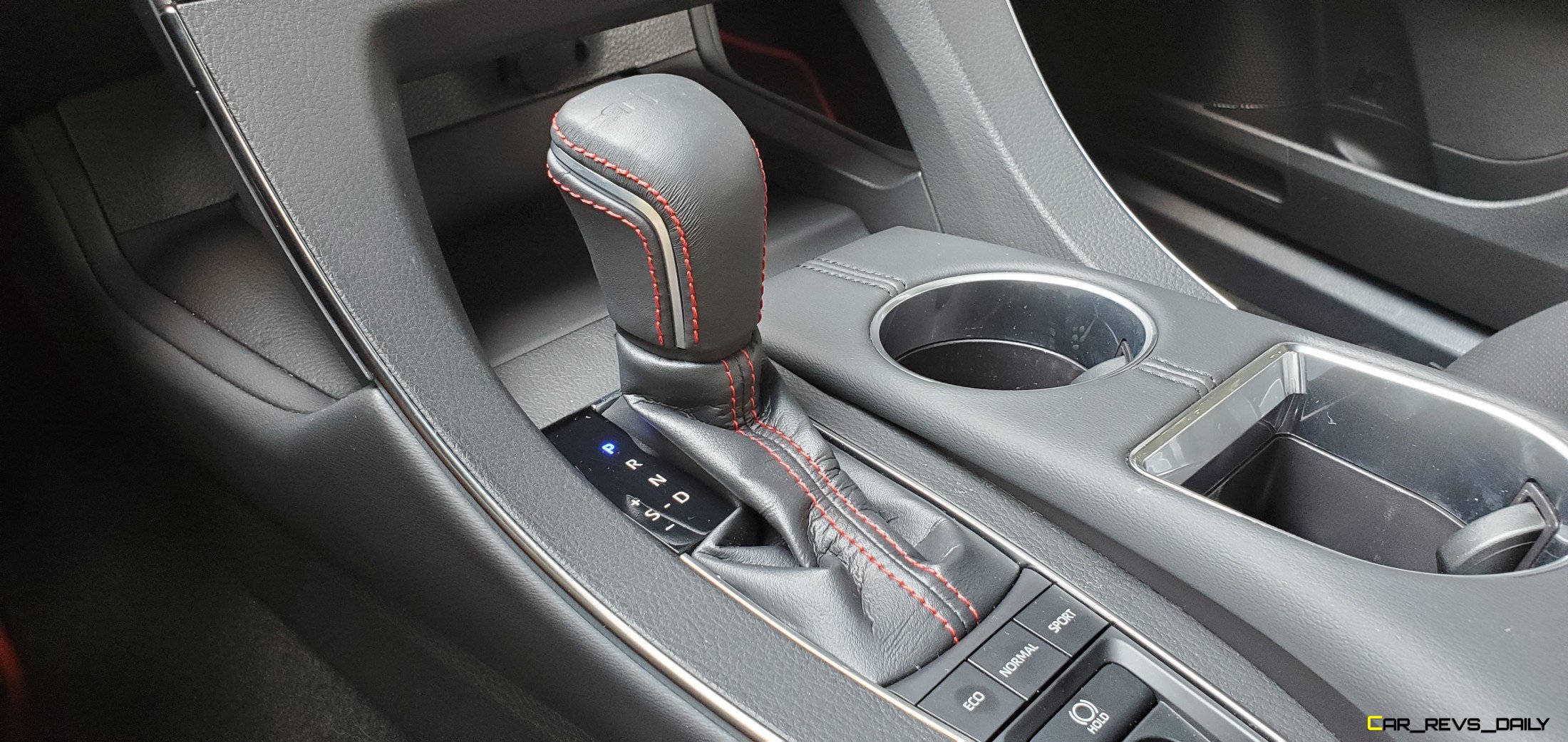
We even took our tester on a small road trip to Lake St Clair to see how the suspension would cope with some of the crater-filled roads that pock-marked our route. It was here that the minimal tradeoff was highlighted to the fullest. Other Avalons are known for their comfy ride quality, and it was good to see that the TRD’s marginal handling improvements didn’t impair the high level of comfort too much. Toyota engineers even equipped the car with larger front brakes, but unless you’re an eagle-eyed student of brake feel, they didn’t feel that much different from the brakes on other Avalon models. Thankfully, the soundtrack provided by the bigger exhaust helps give the Avalon TRD a more assertive personality.
Value Quotient:
The 2022 model year axed the Avalon TRD from the lineup, but if you find a showroom that happens to have one in its vehicle inventory, be prepared to pay a base price of $43,125. Our lightly optioned example came equipped with the optional $1,720 JBL Premium Audio and Navigation package, which caused the price of our model to rise slightly to a total of $46,297. That’s pricier than a Dodge Charger R/T Scat Pack and is only $2,000 less than a Scat Pack Wide Body variant. The Charger is a much more potent performance car than the Avalon, but the pricing also exposes the broader problem of the TRD’s appeal to customers.
When an automaker creates a performance offering, it has to offer something that is a noticeable upgrade over a standard version of the model in question. In the case of the Avalon TRD, while its subtler performance alterations might appeal to some buyers, the lack of a broader suite of upgrades (especially in the engine compartment) damages its ability to deliver value-focused performance. As it stands now, the 2021 Toyota Avalon TRD is a half-baked answer to a question that few asked.

Carl Malek has been an automotive journalist for over 10 years. First starting out as a freelance photographer before making the transition to writing during college, his work has appeared on numerous automotive forums as well as websites such as Autoshopper.com.
Carl is also a big fan of British vehicles with the bulk of his devotion going to the Morgan Motor Company as well as offerings from Lotus, MG, and Caterham. When he is not writing about automobiles, Carl enjoys spending time with his family and friends in the Metro Detroit area, as well as spending time with his adorable pets.

